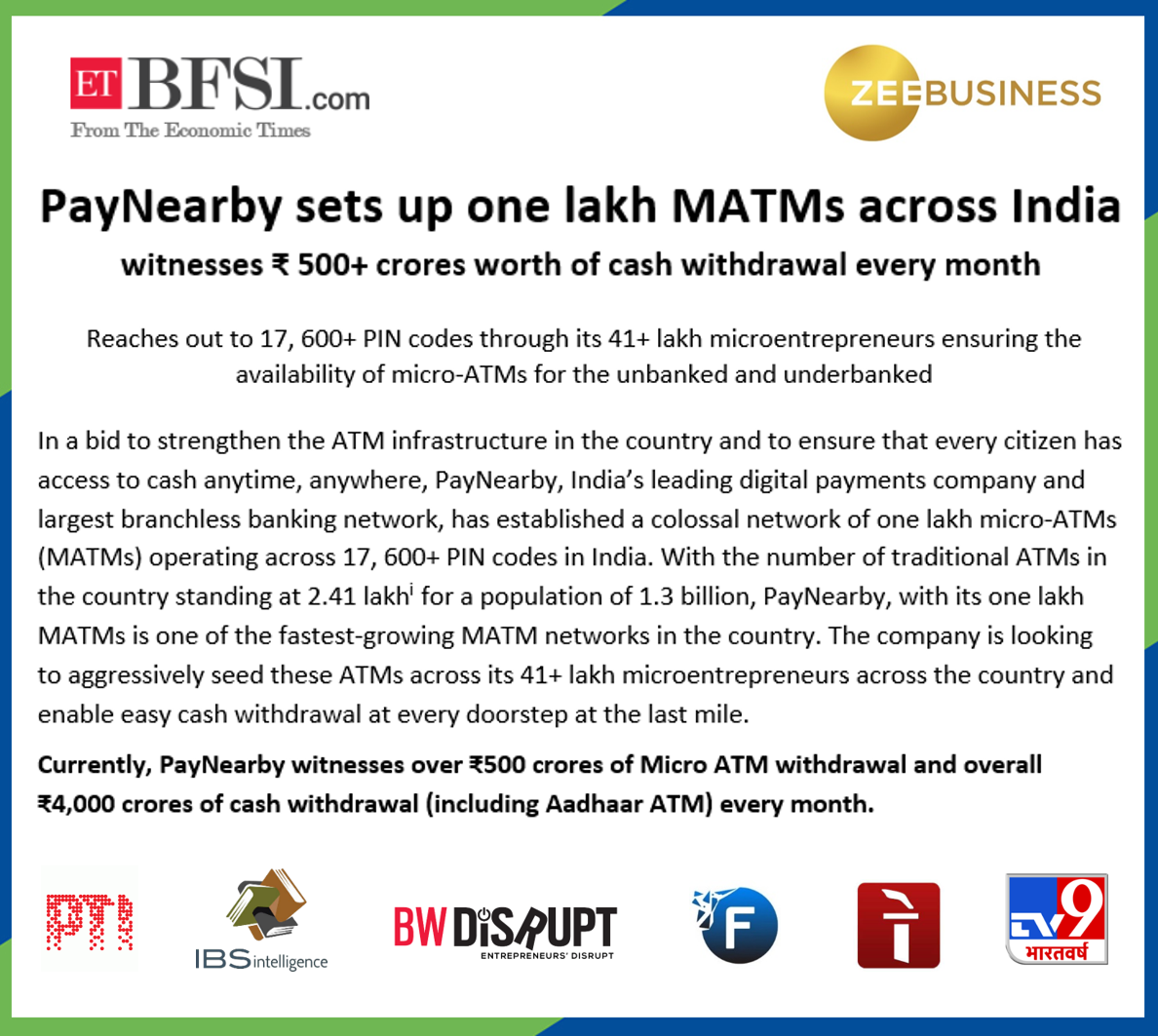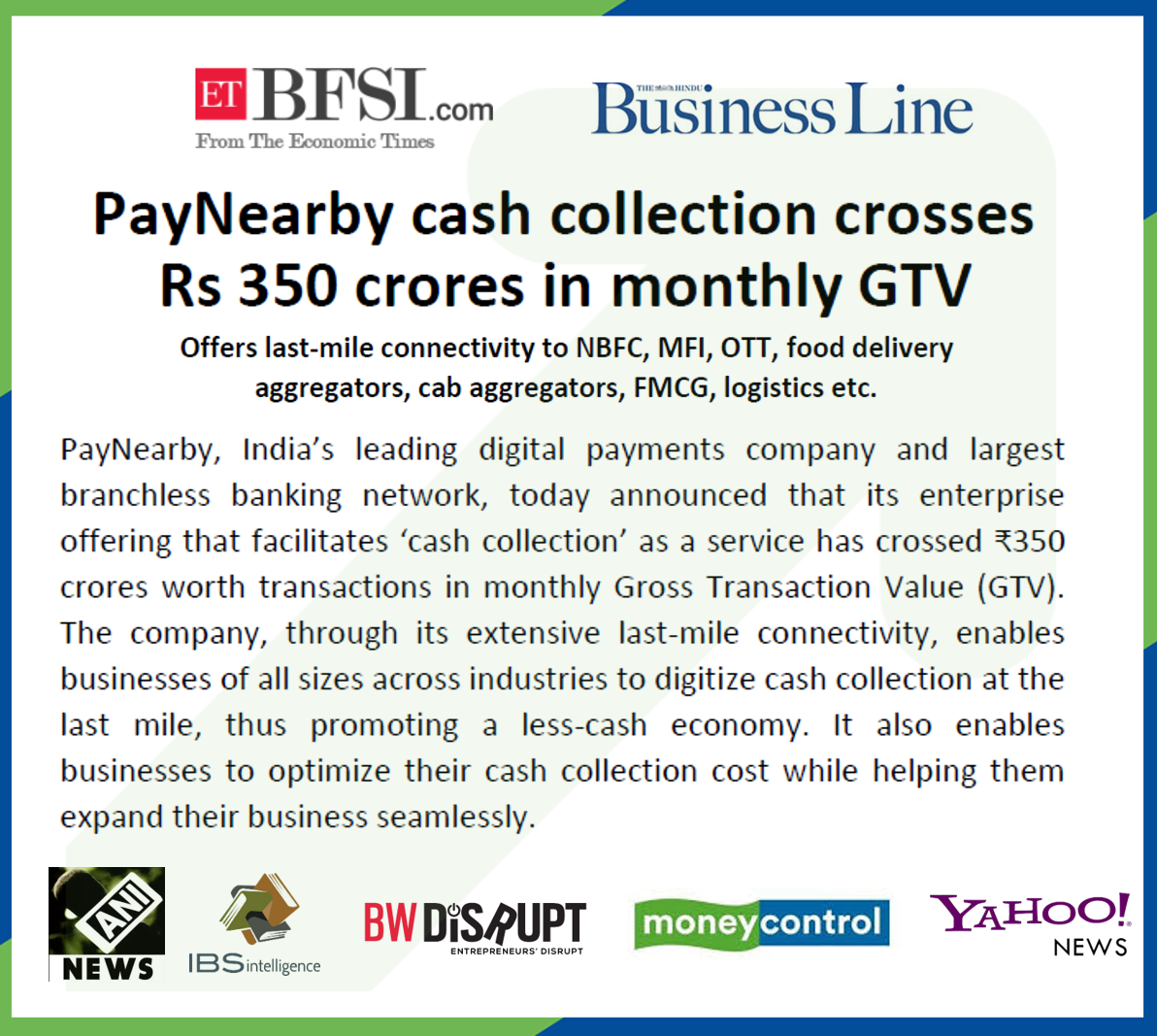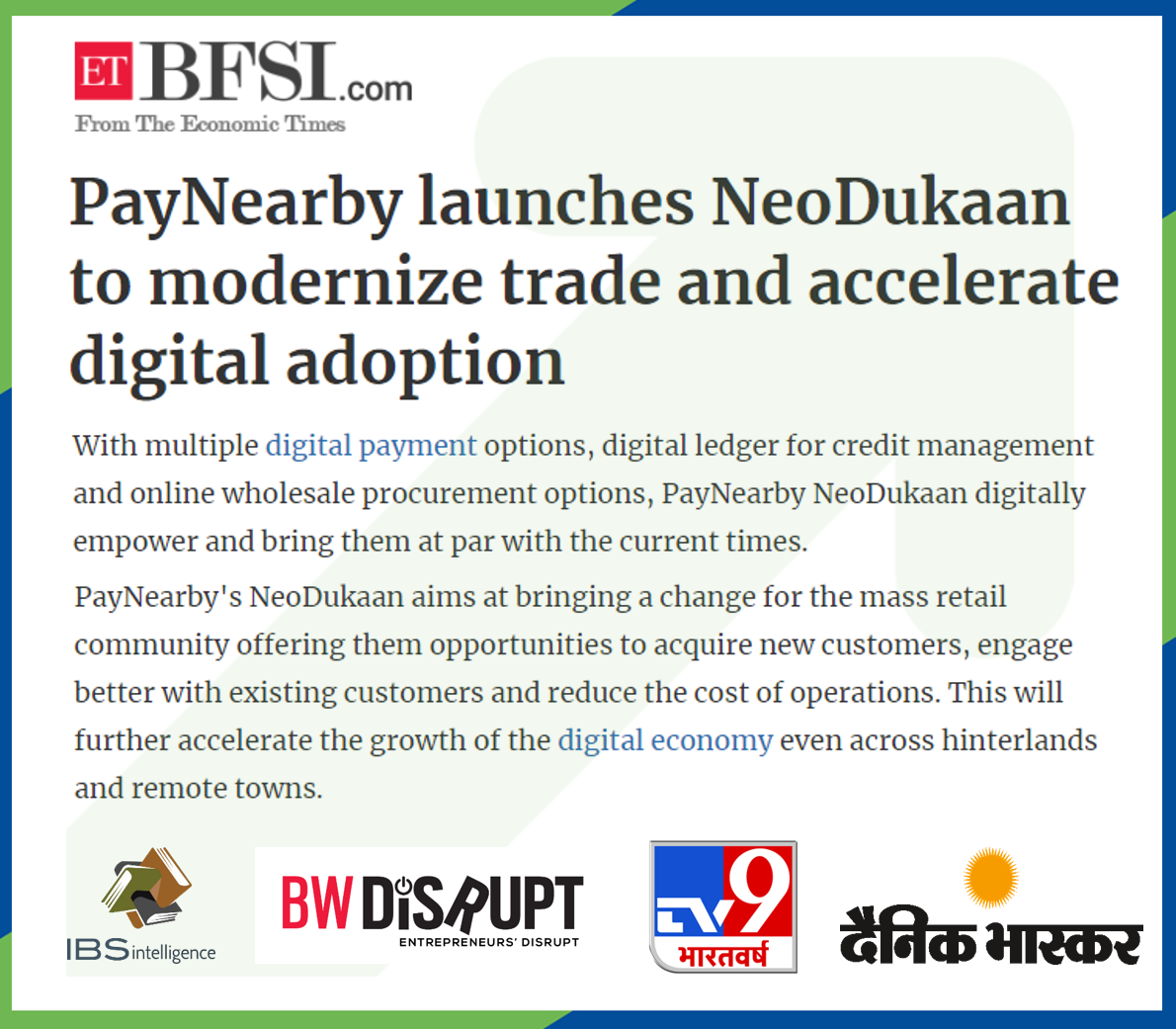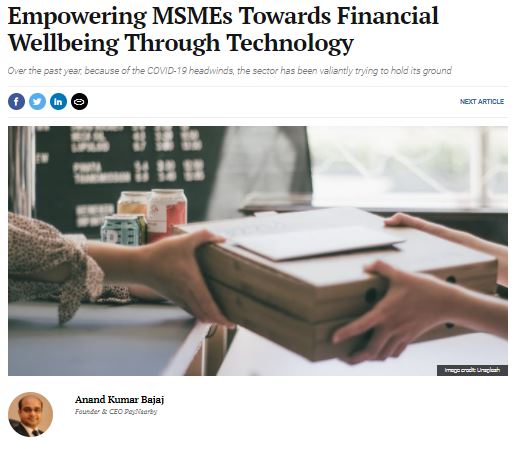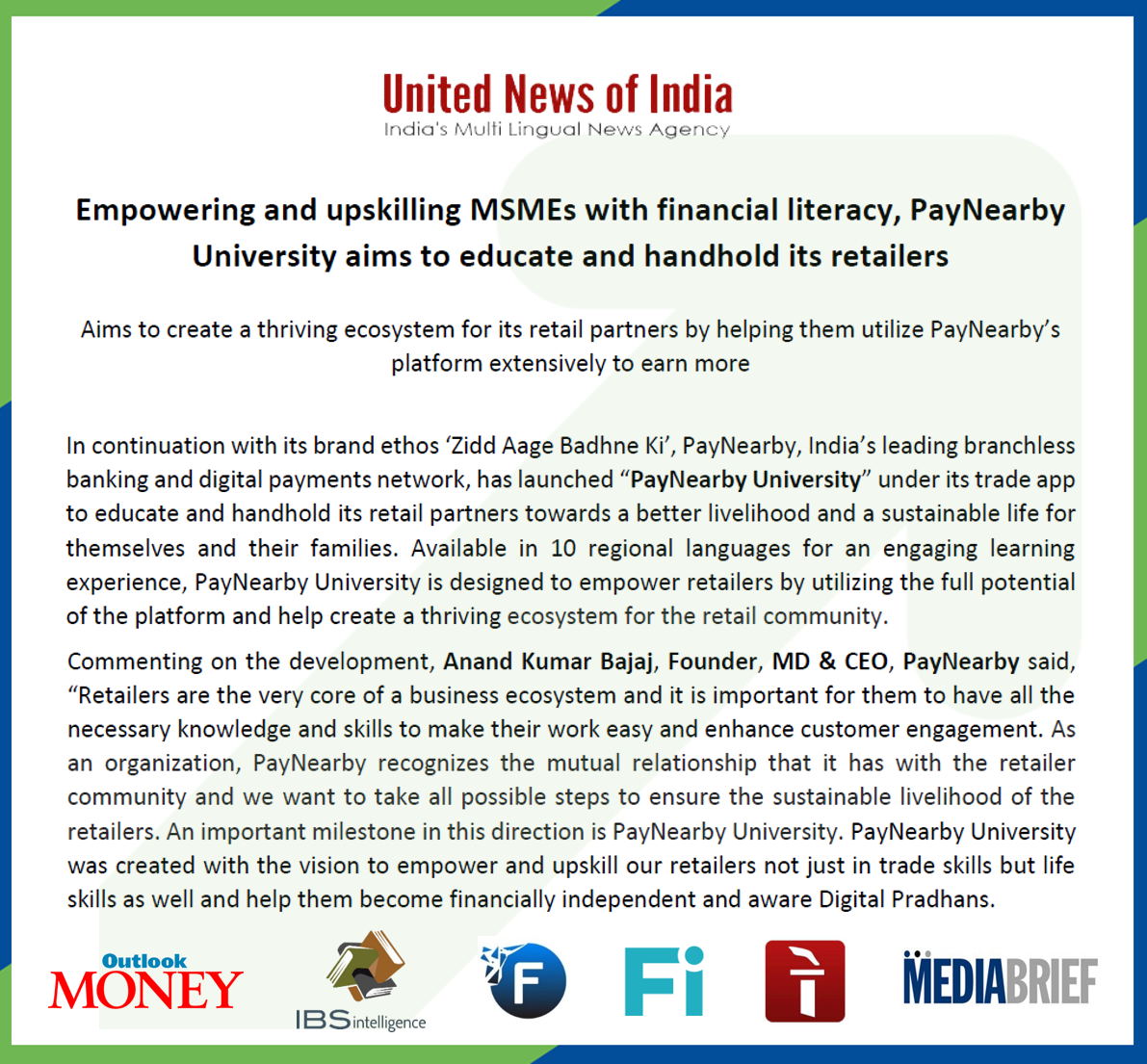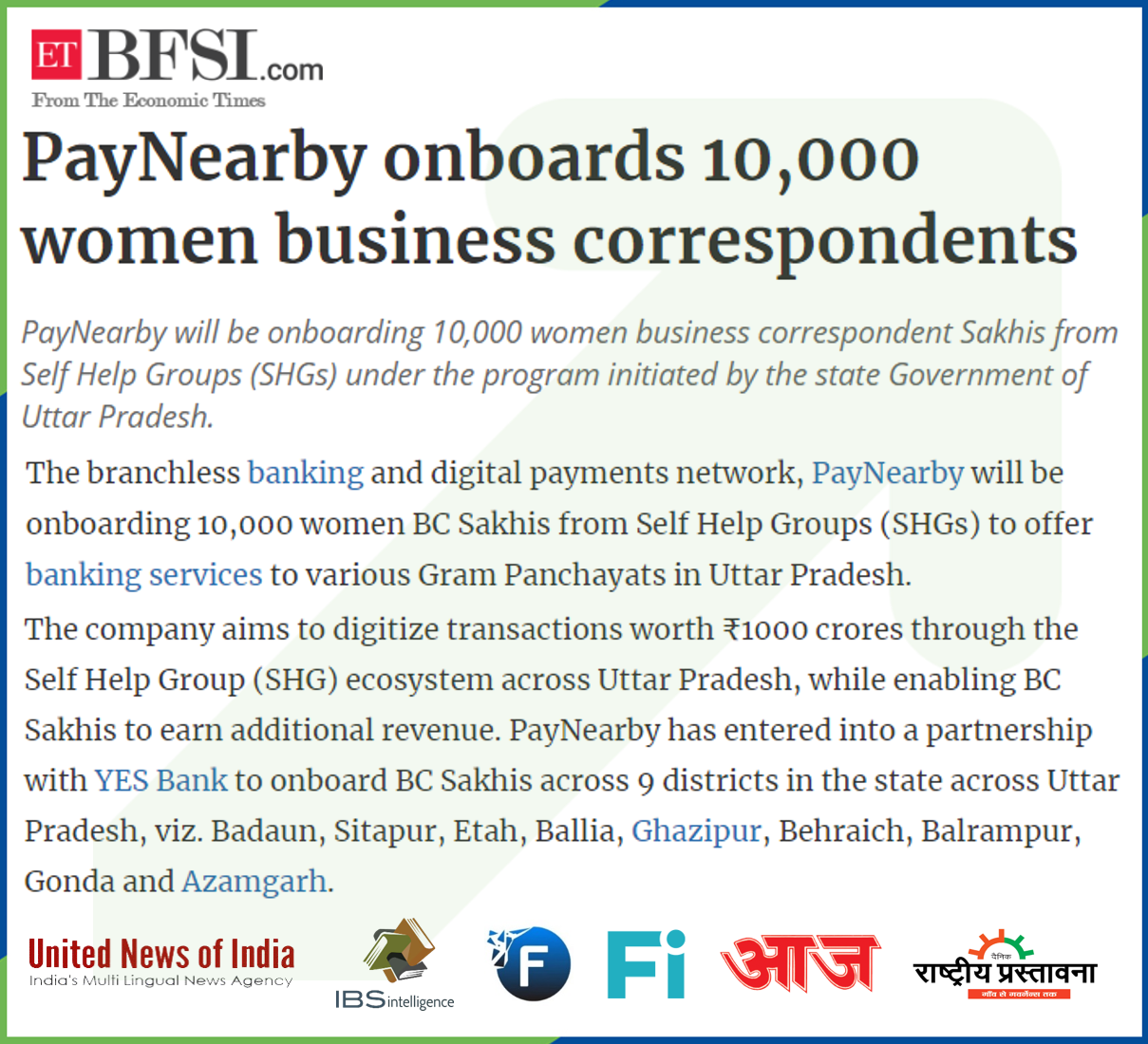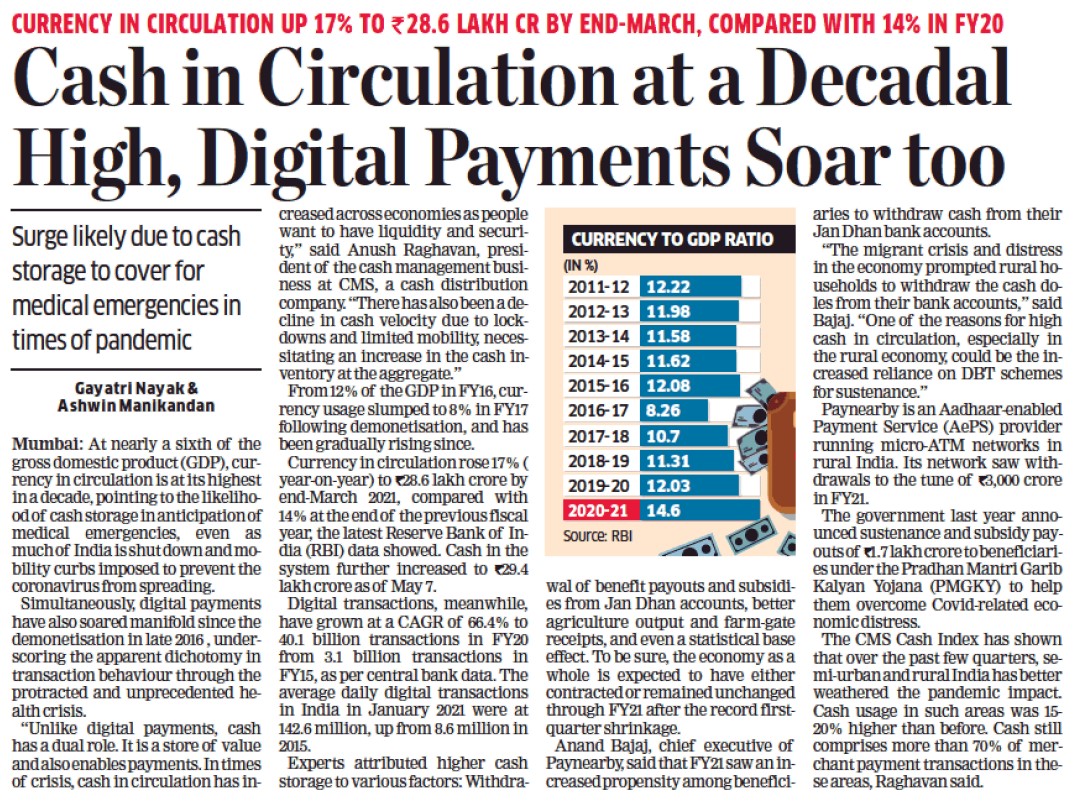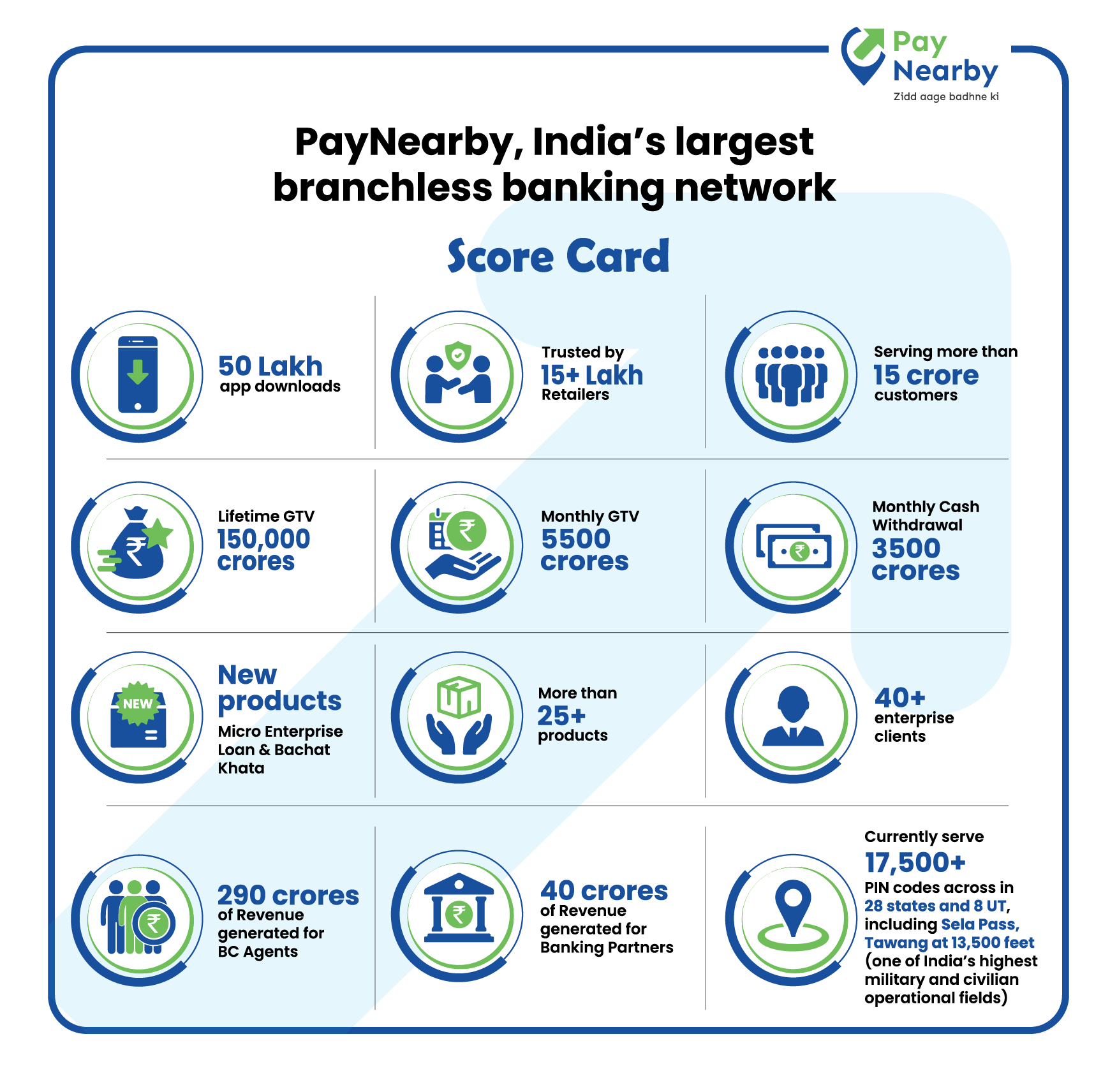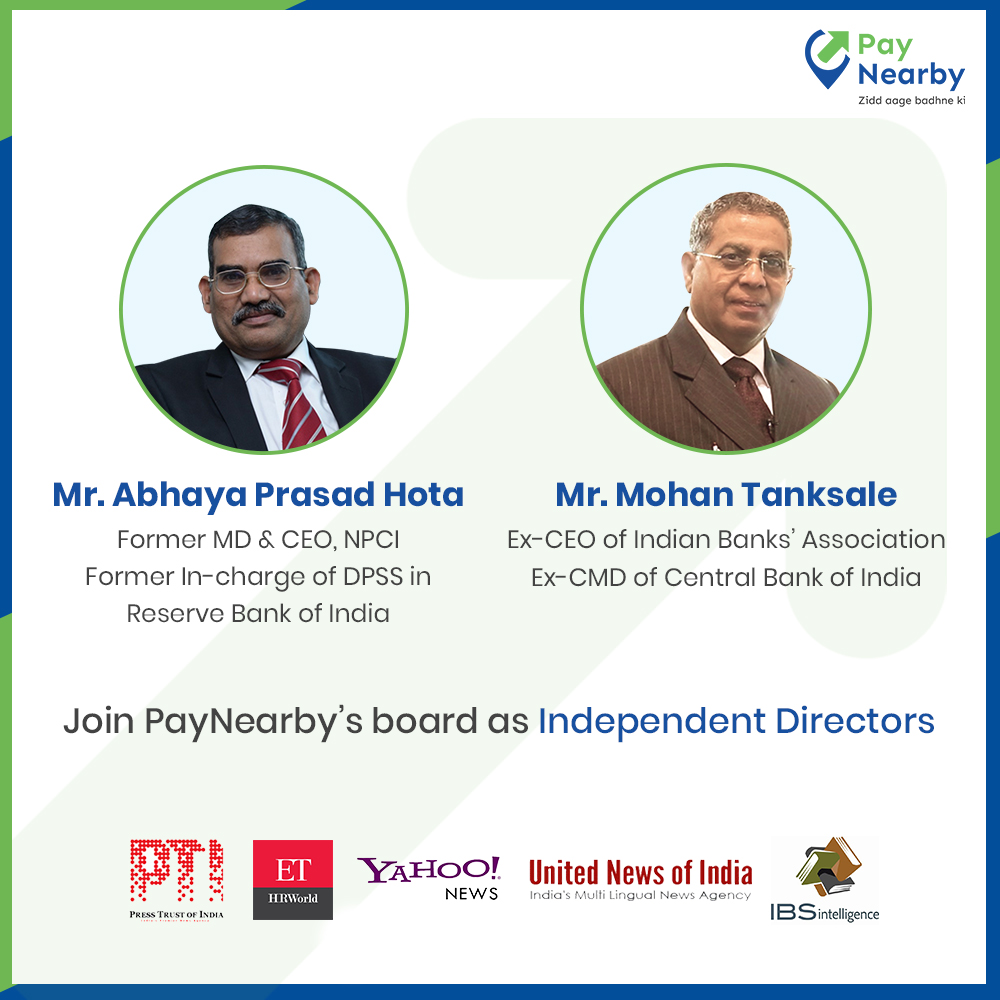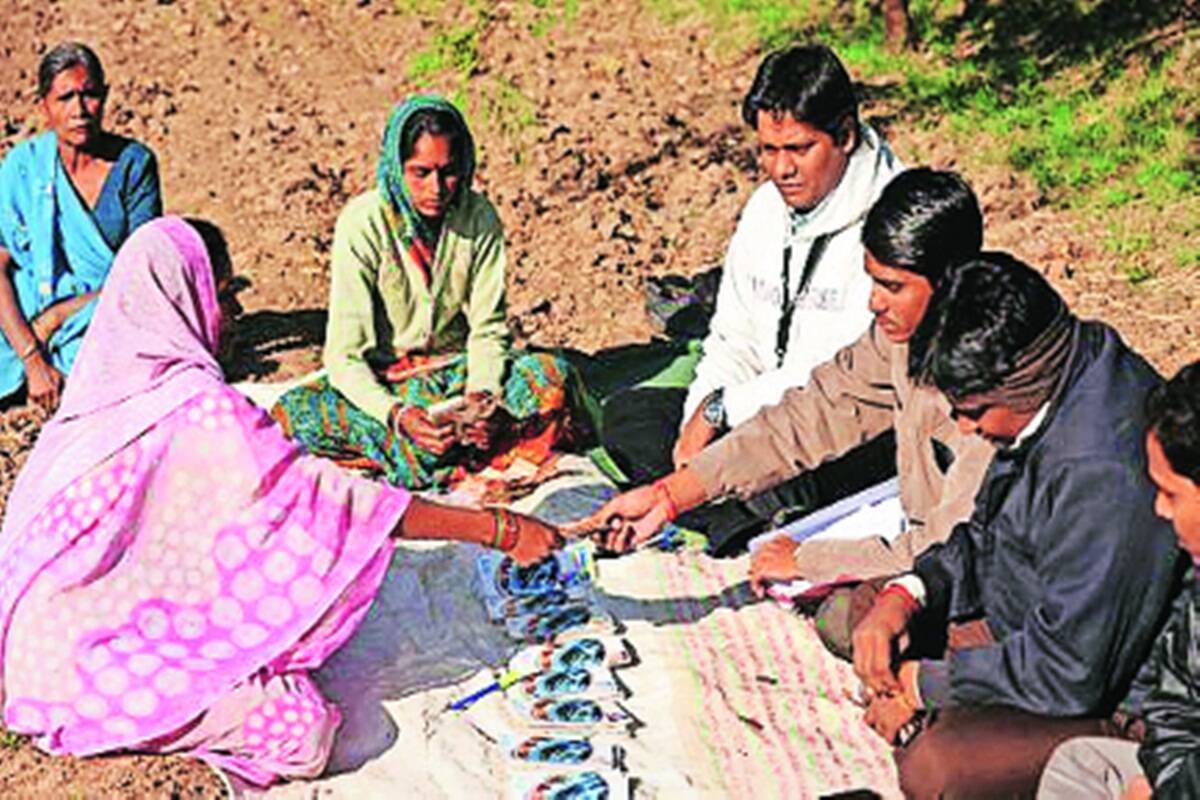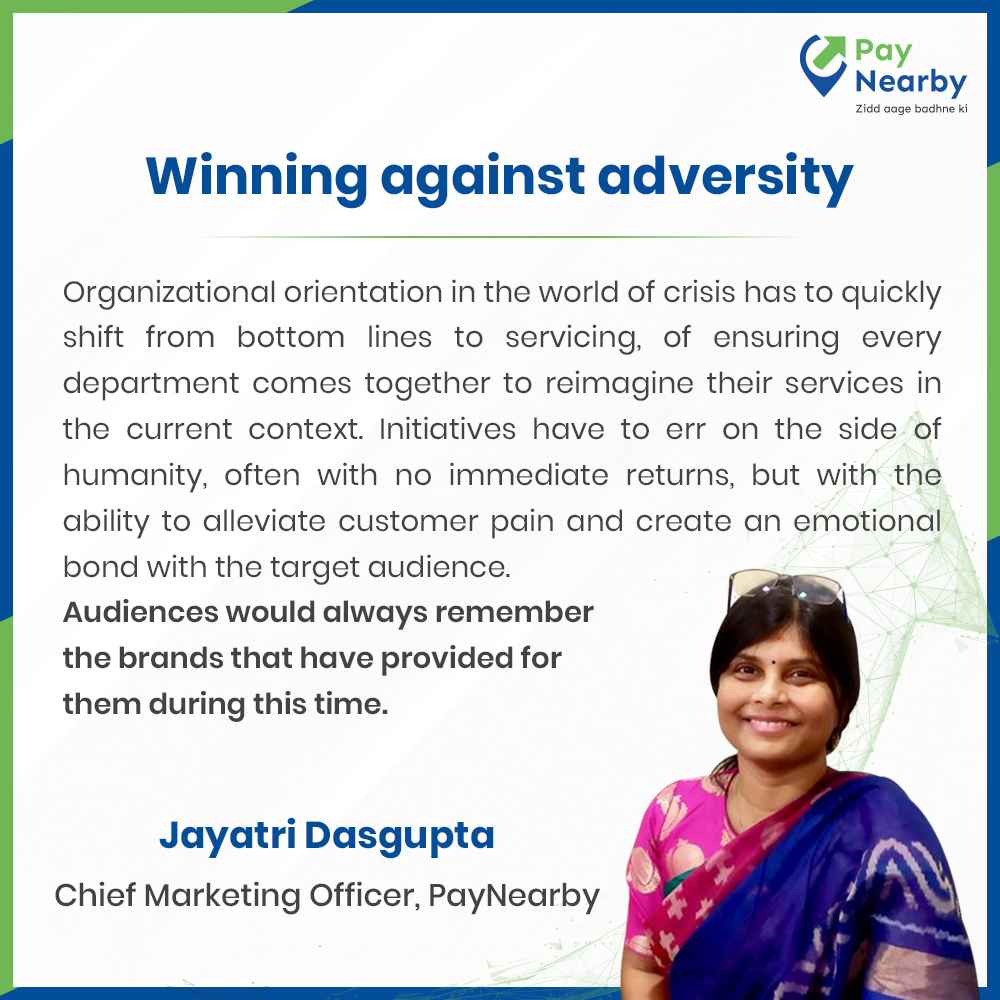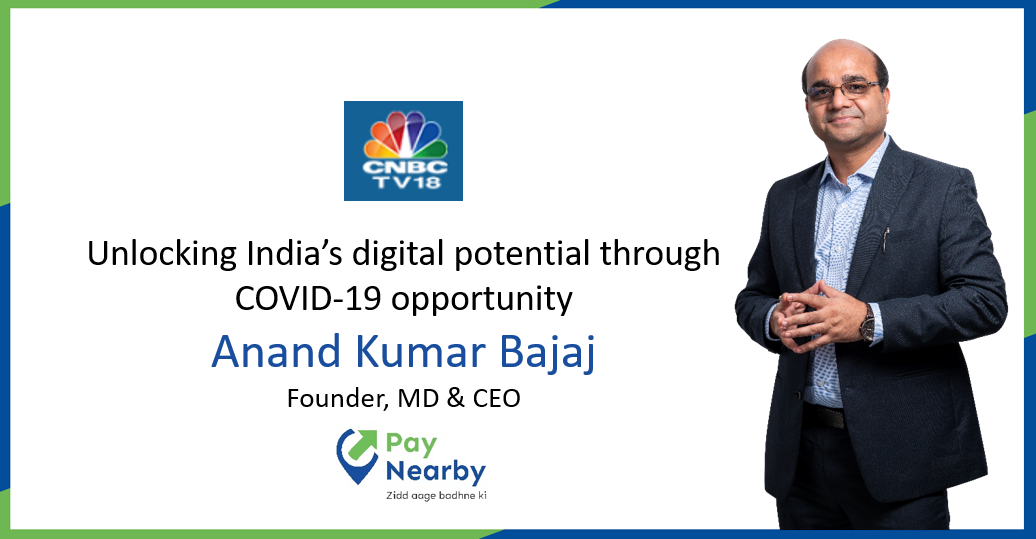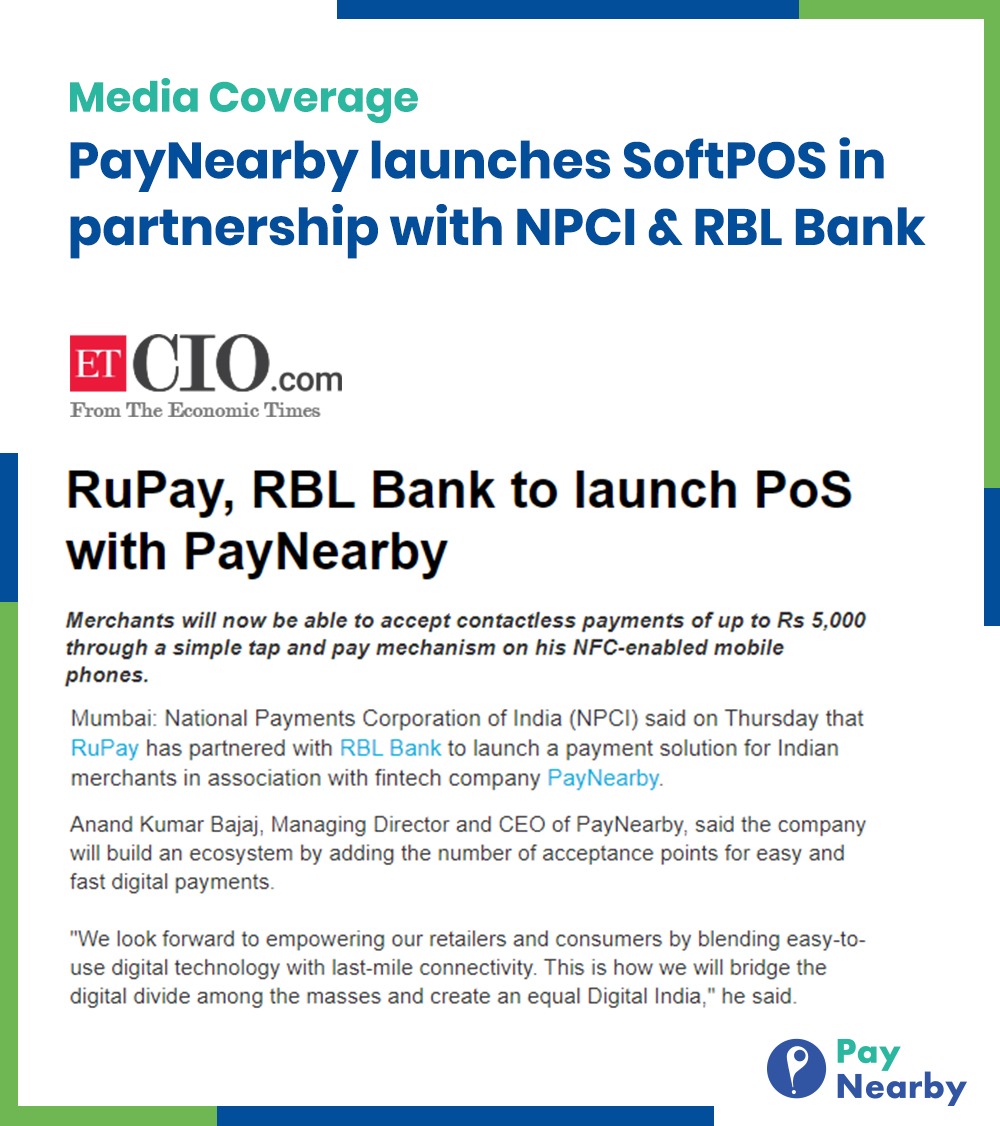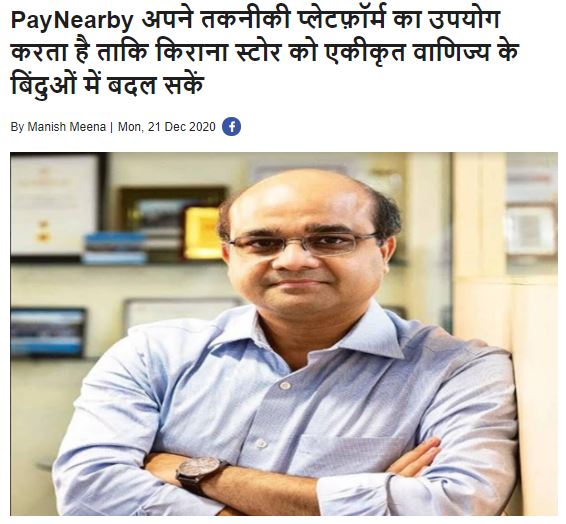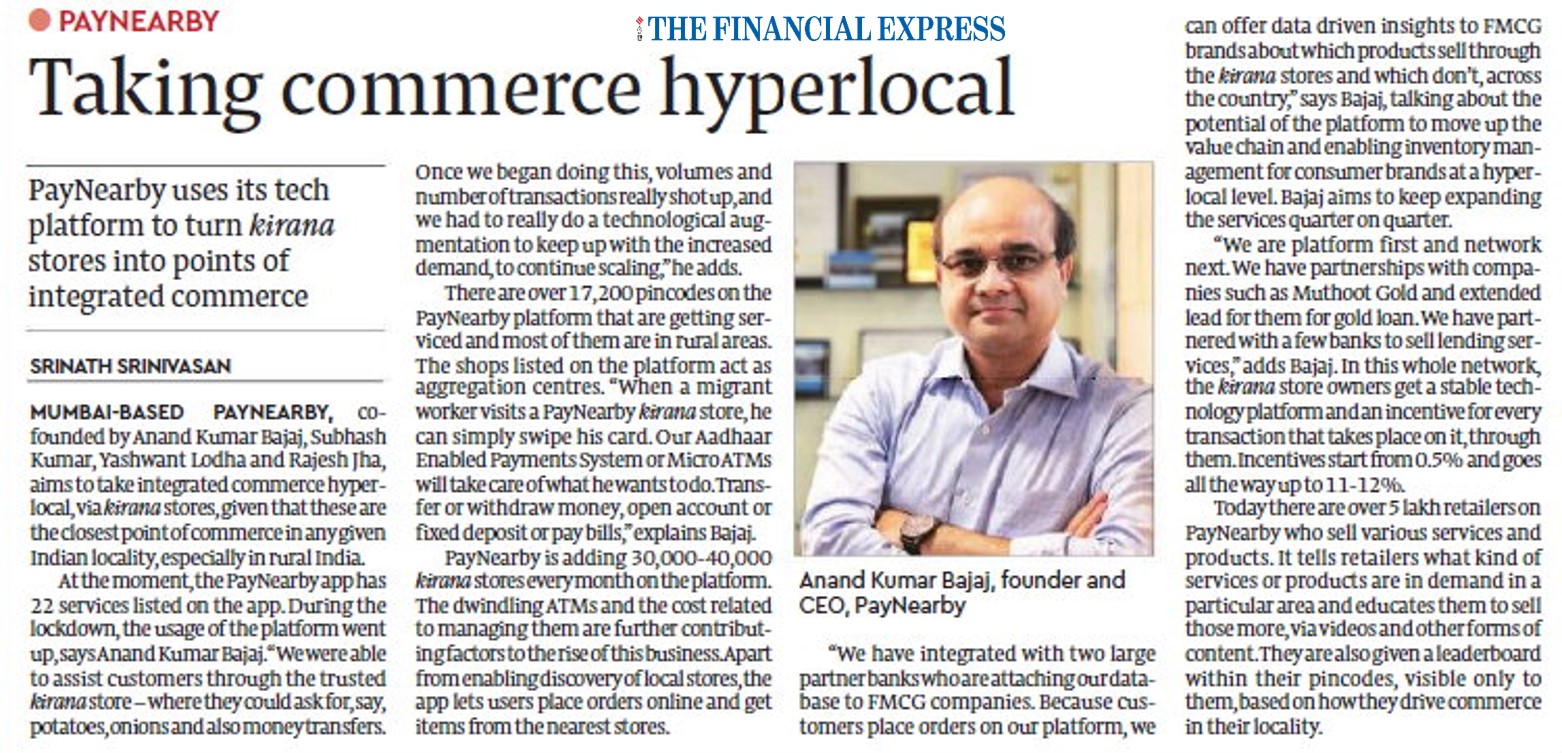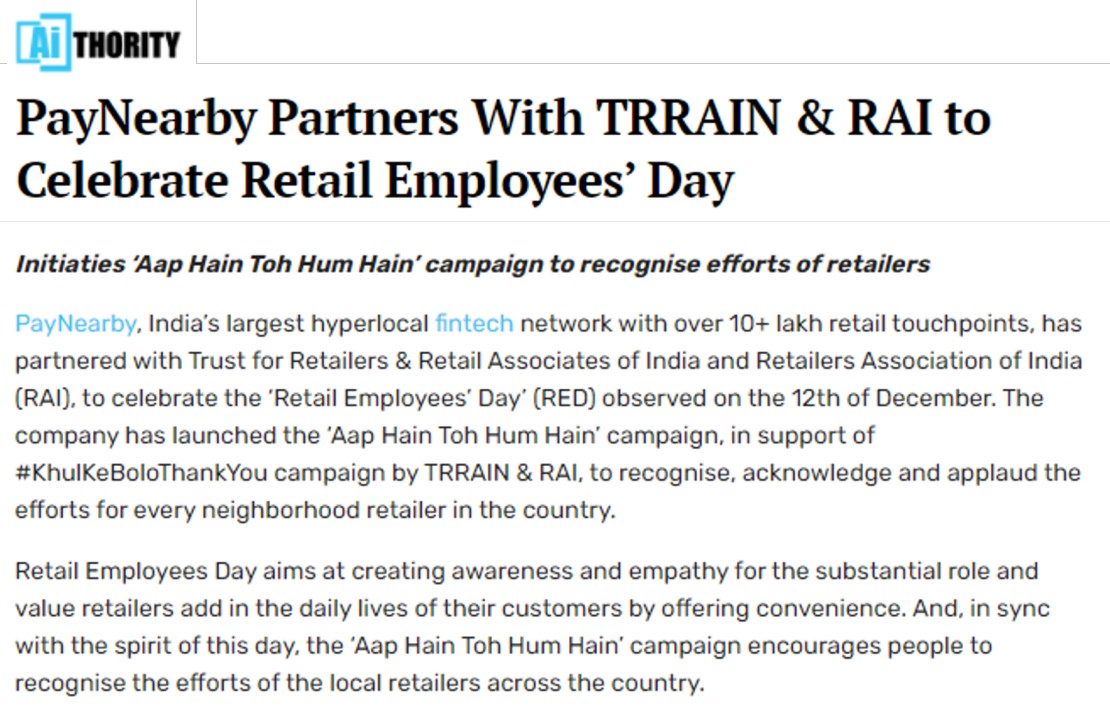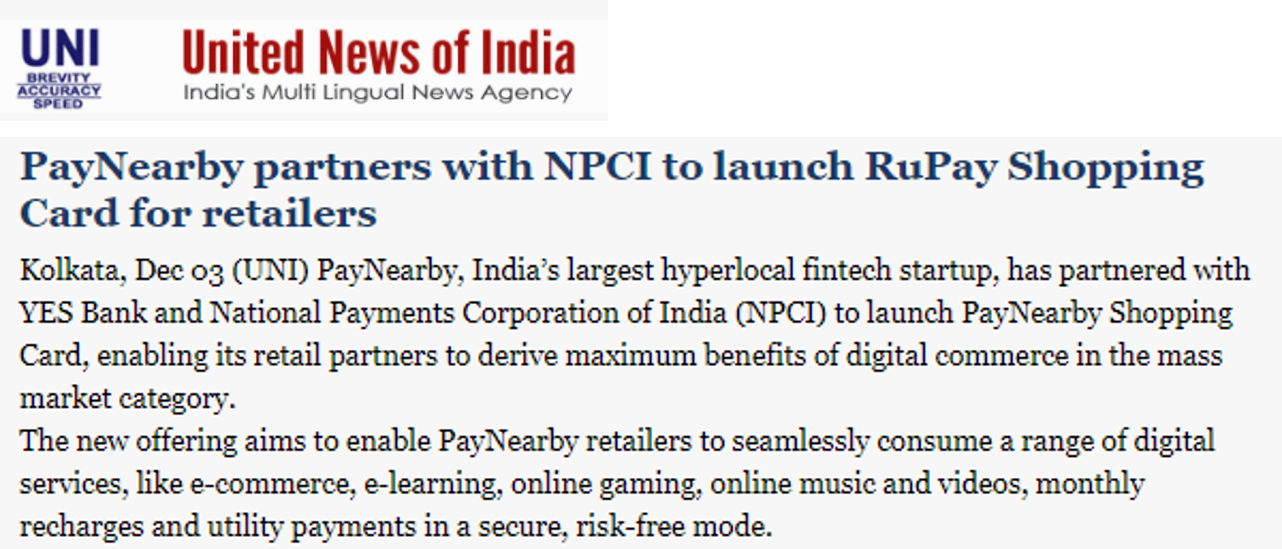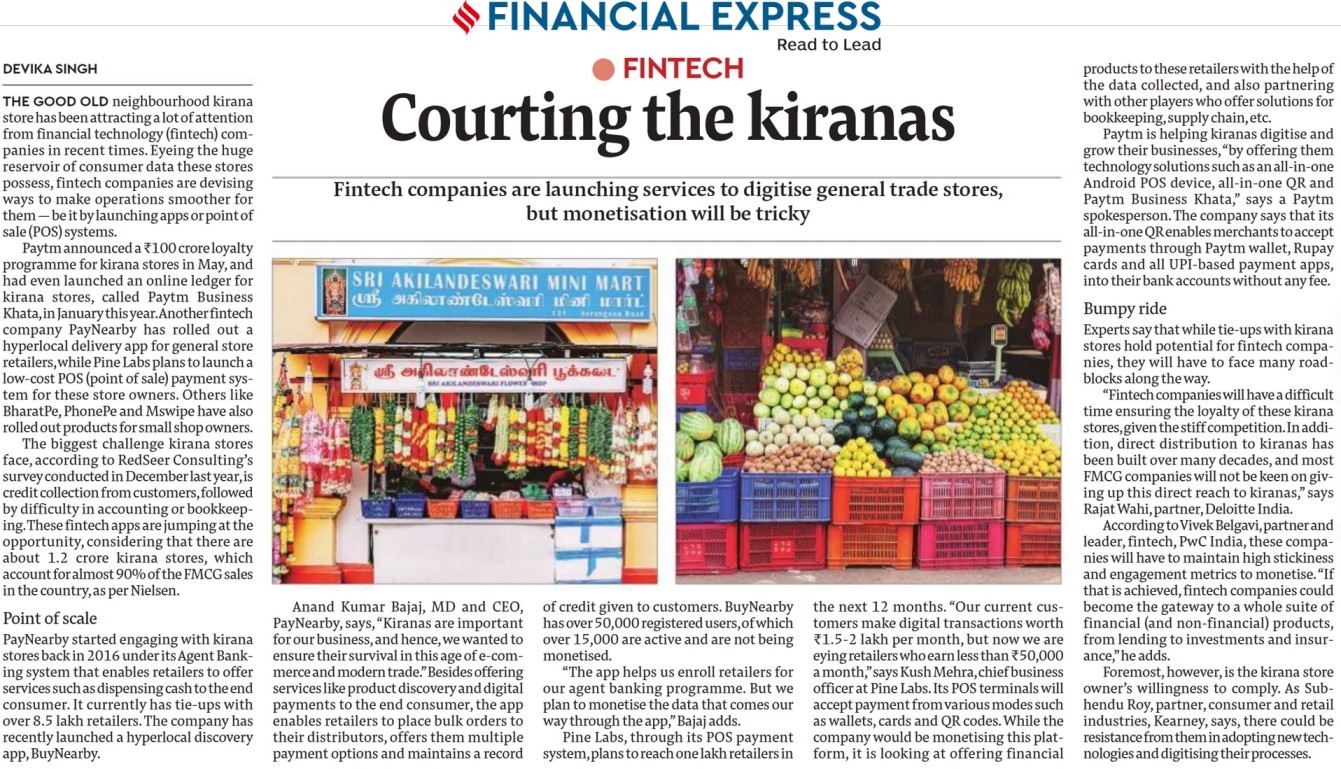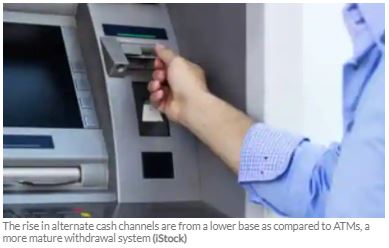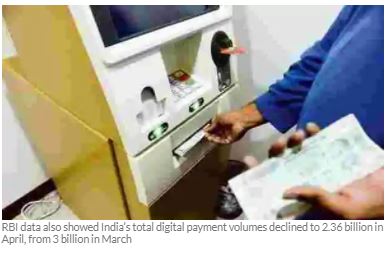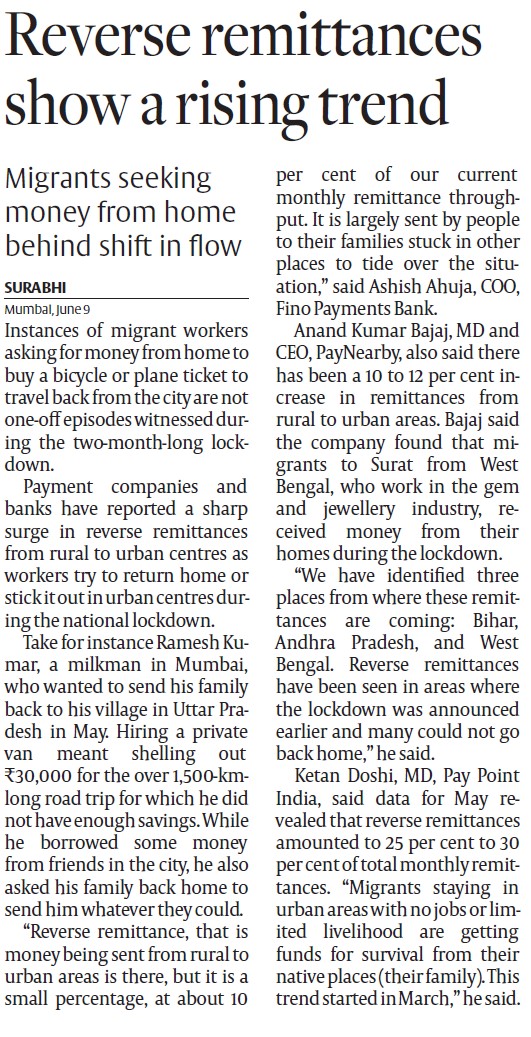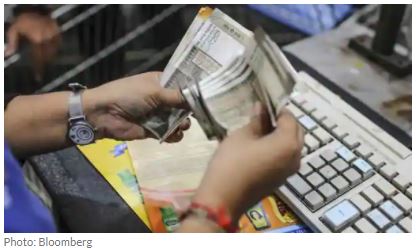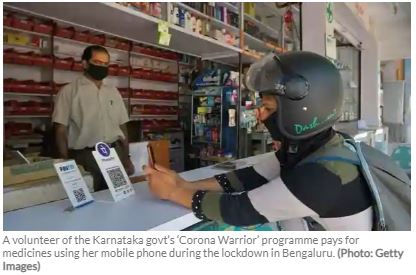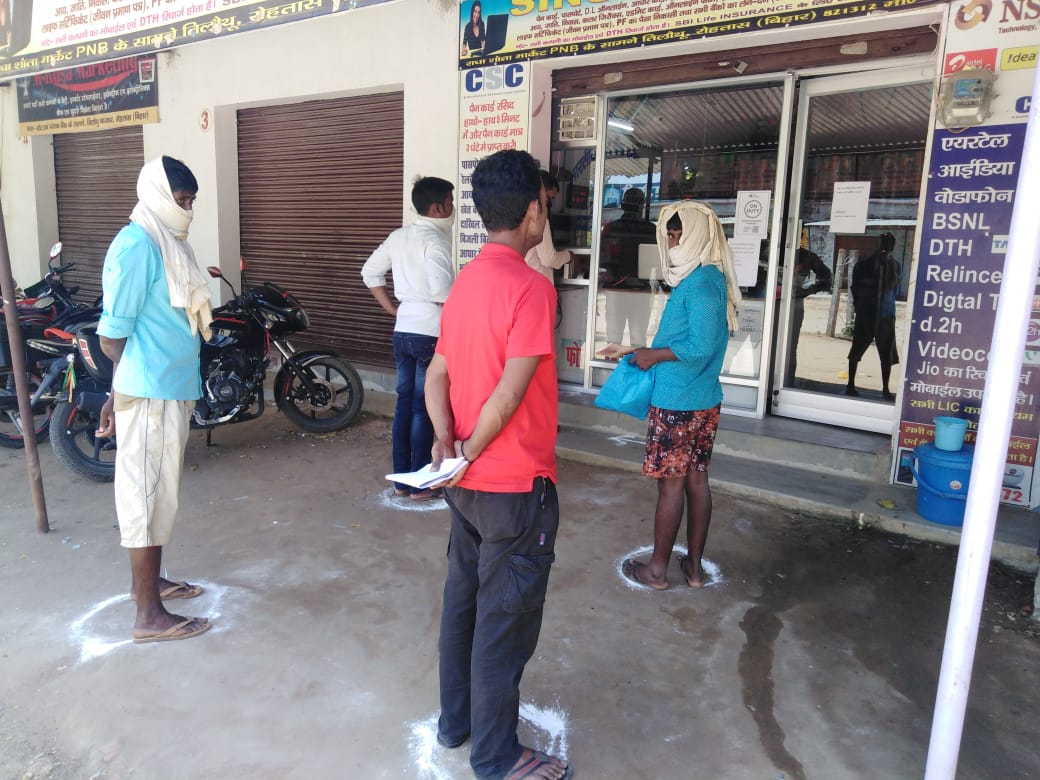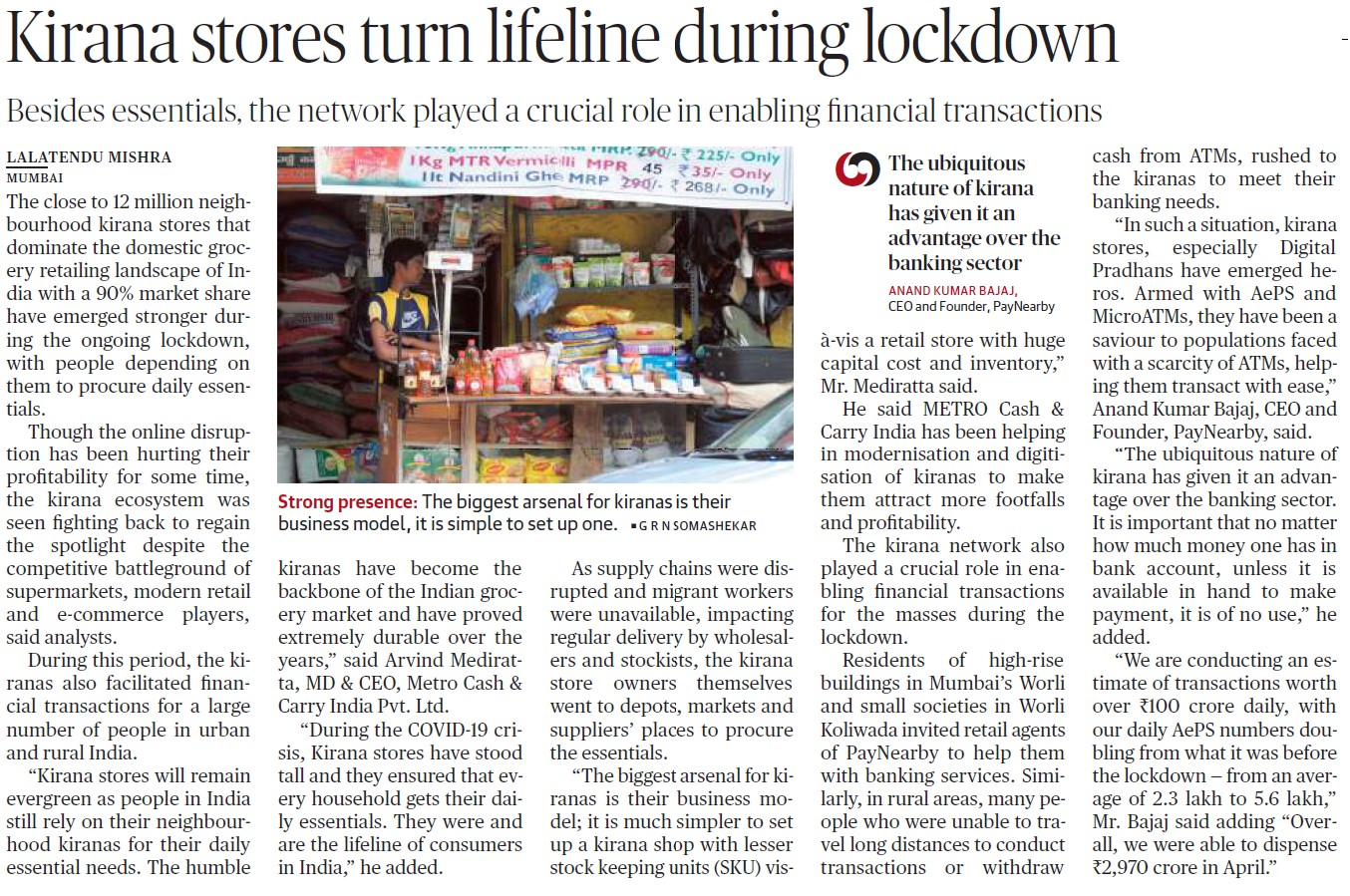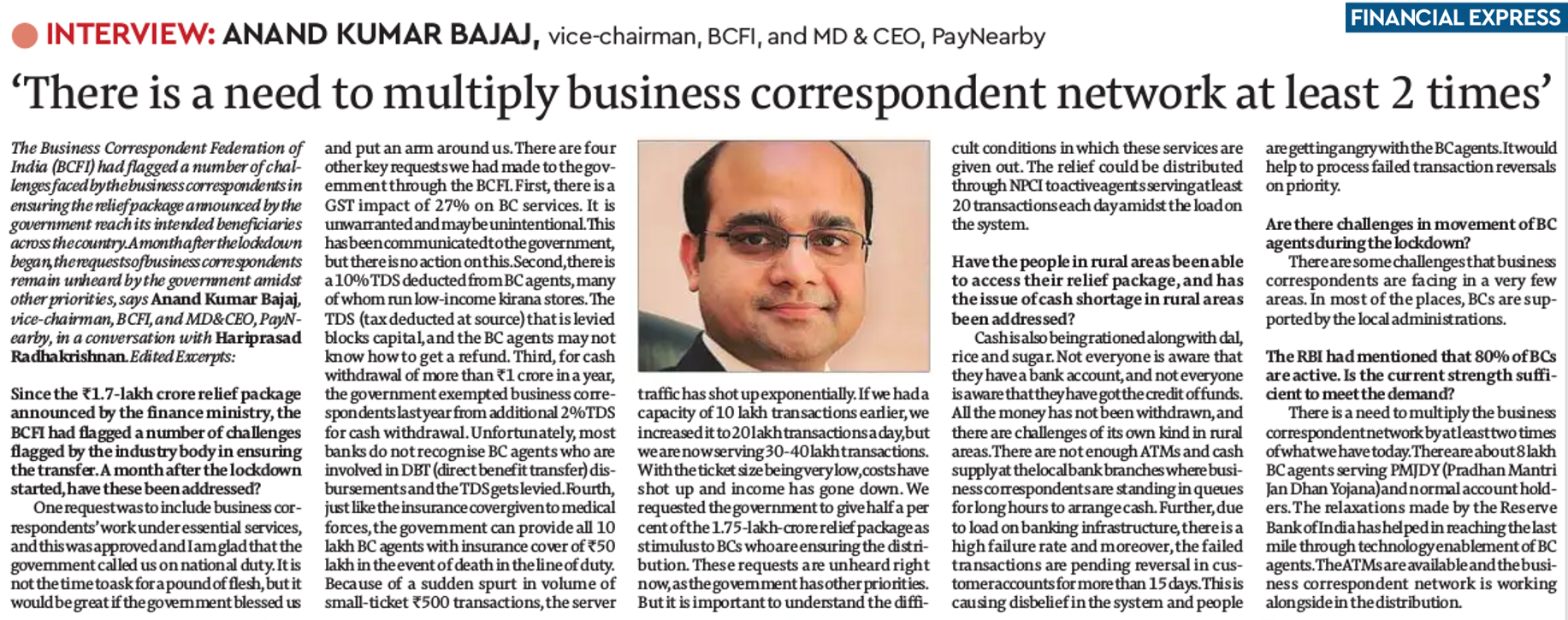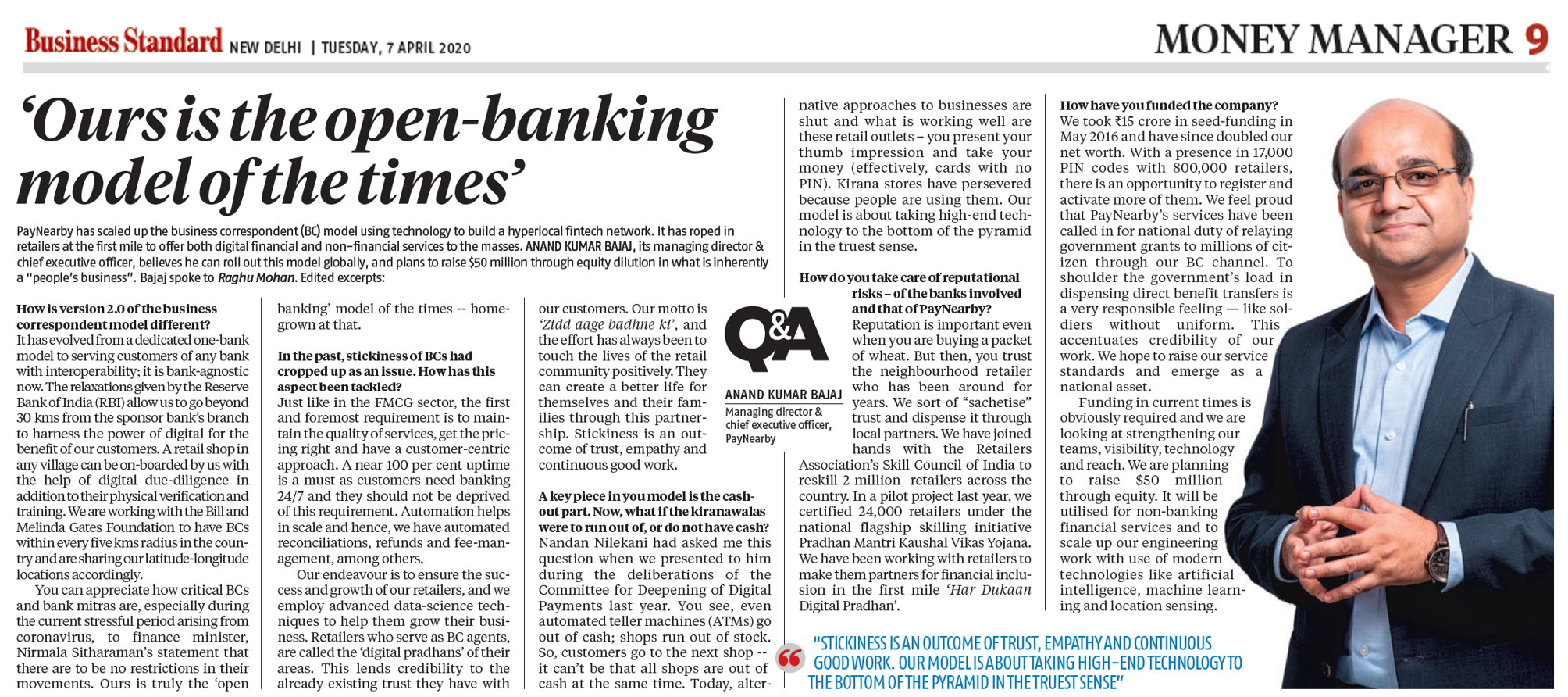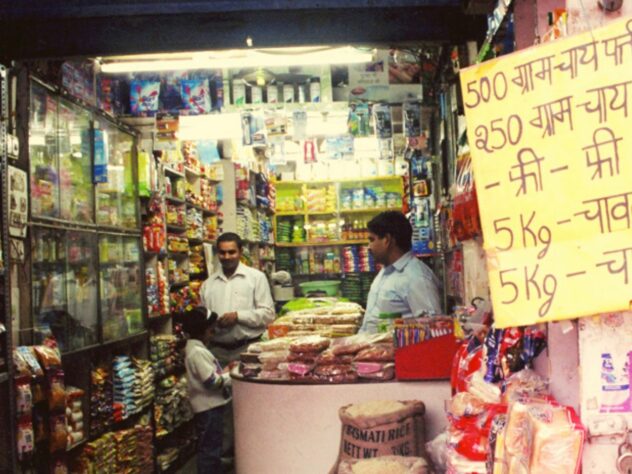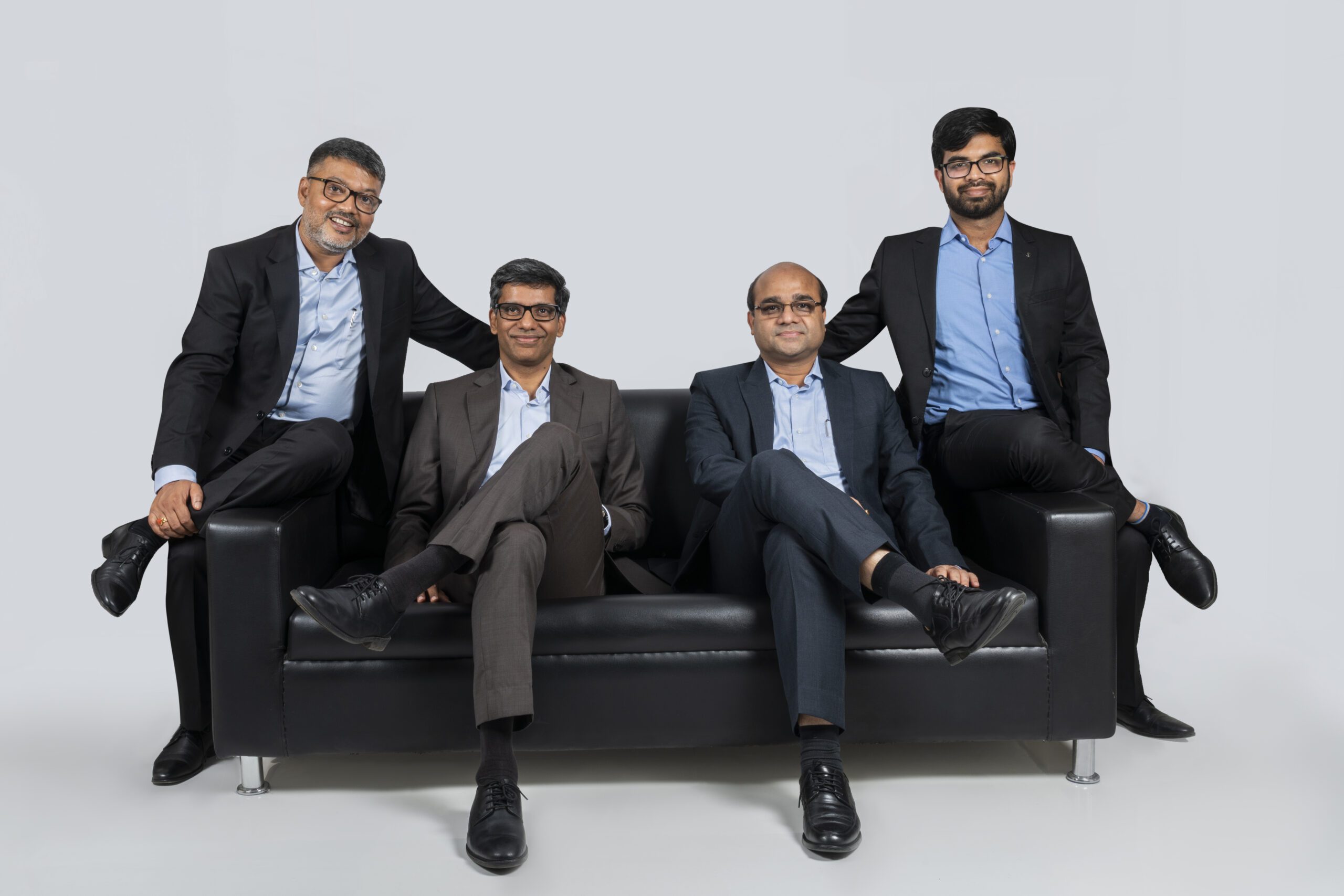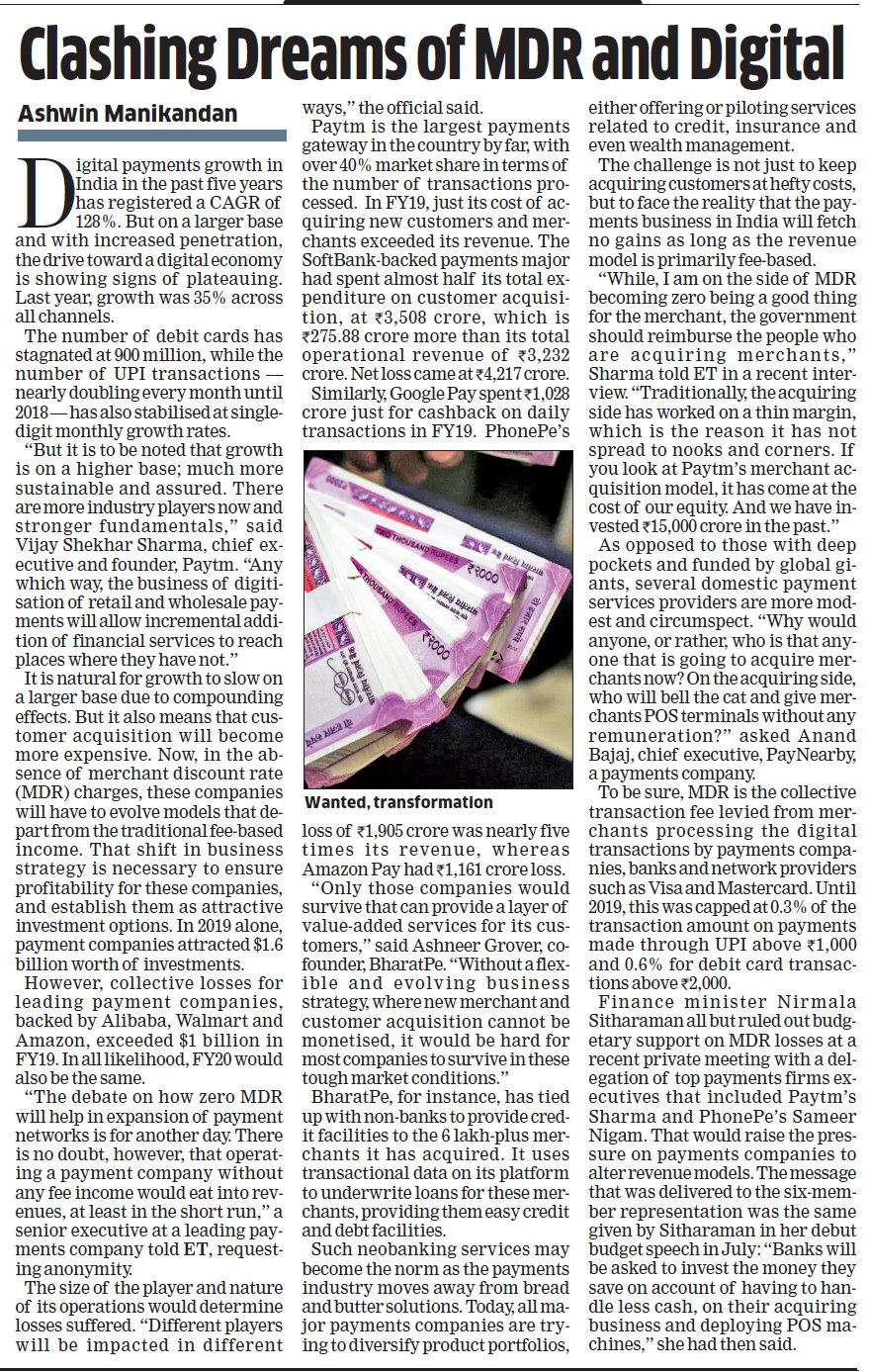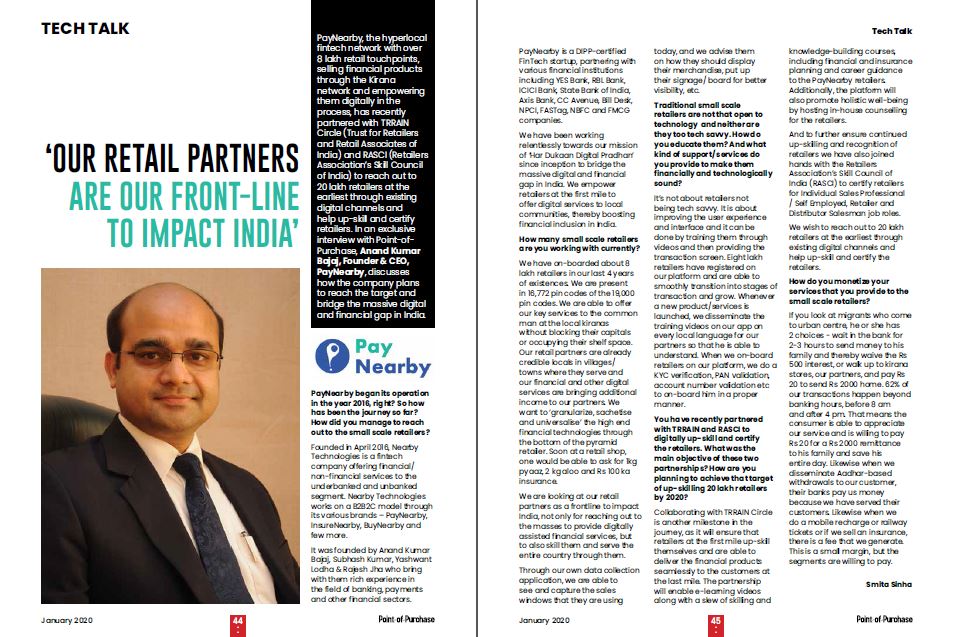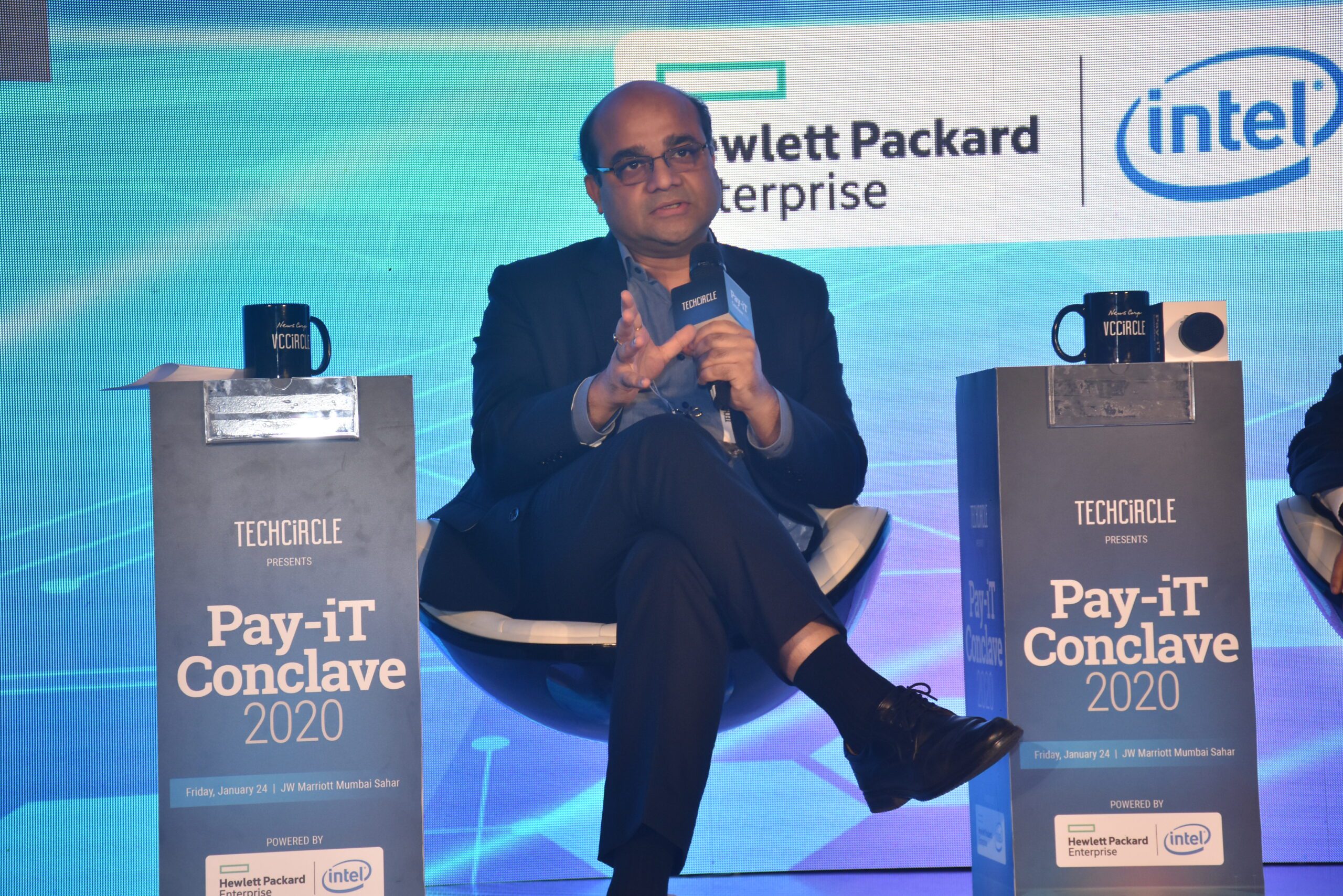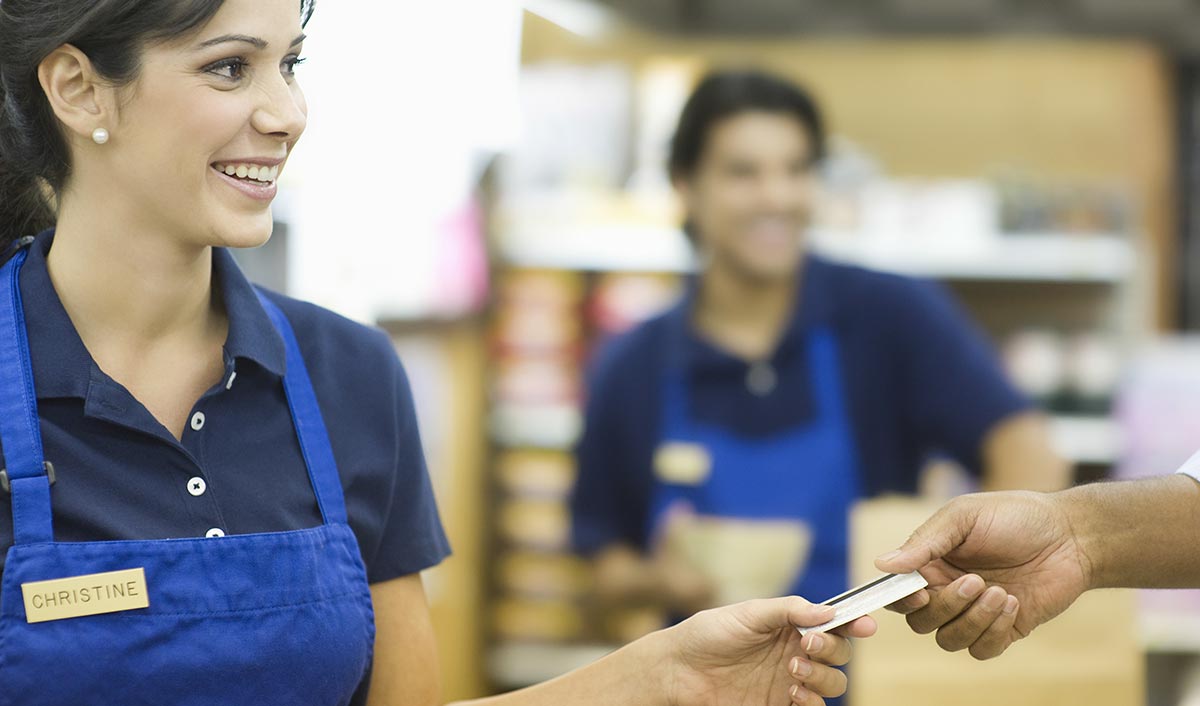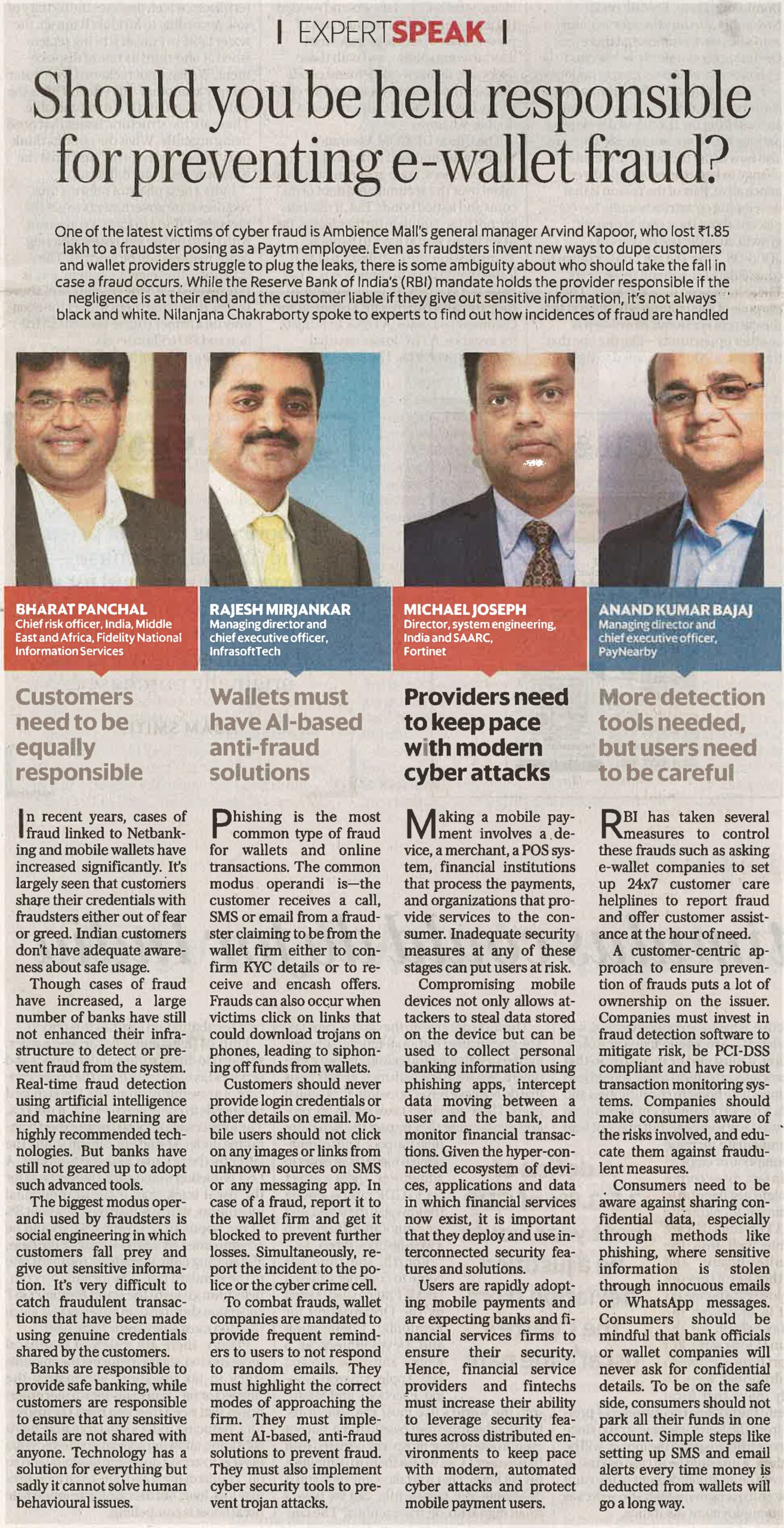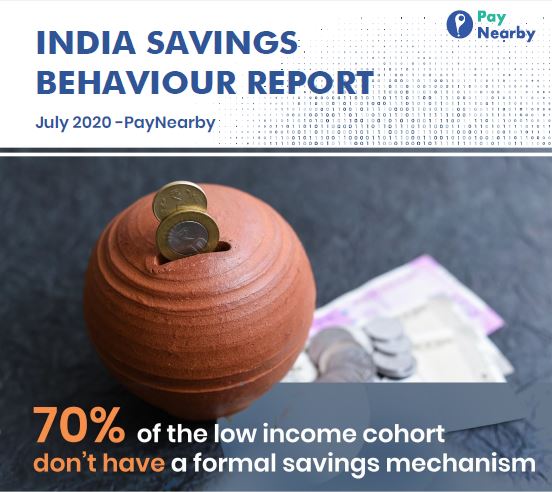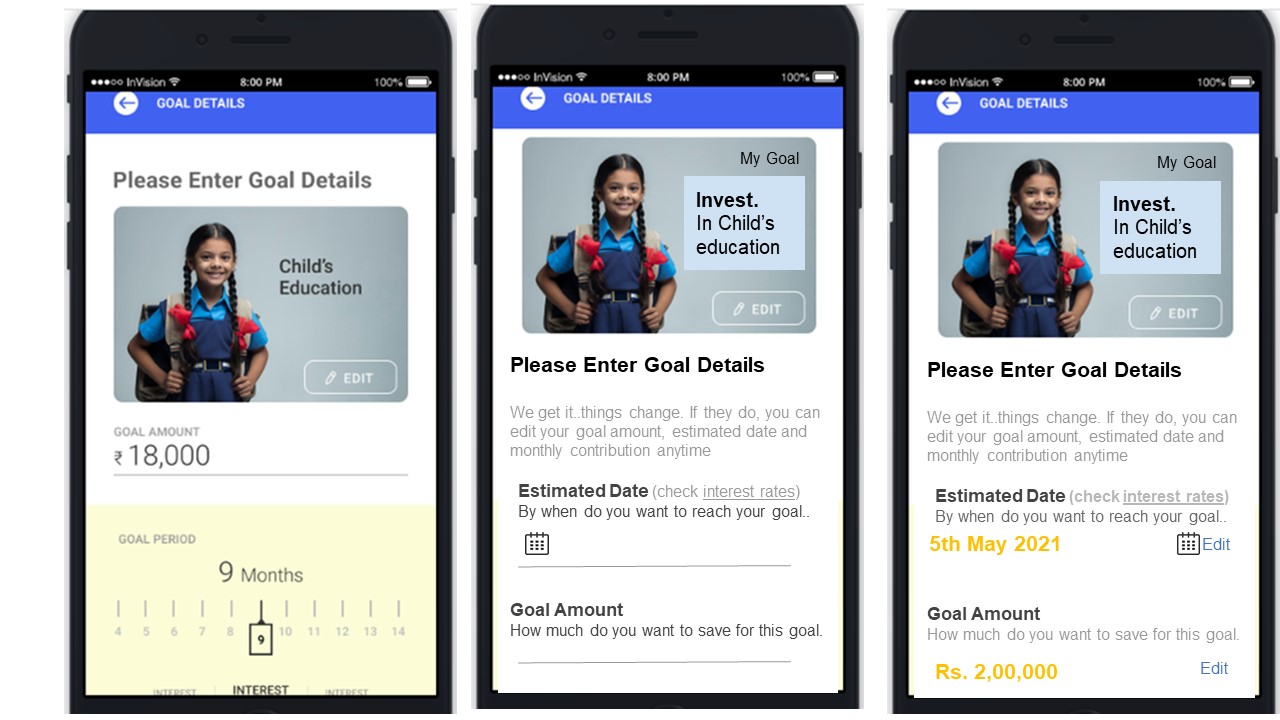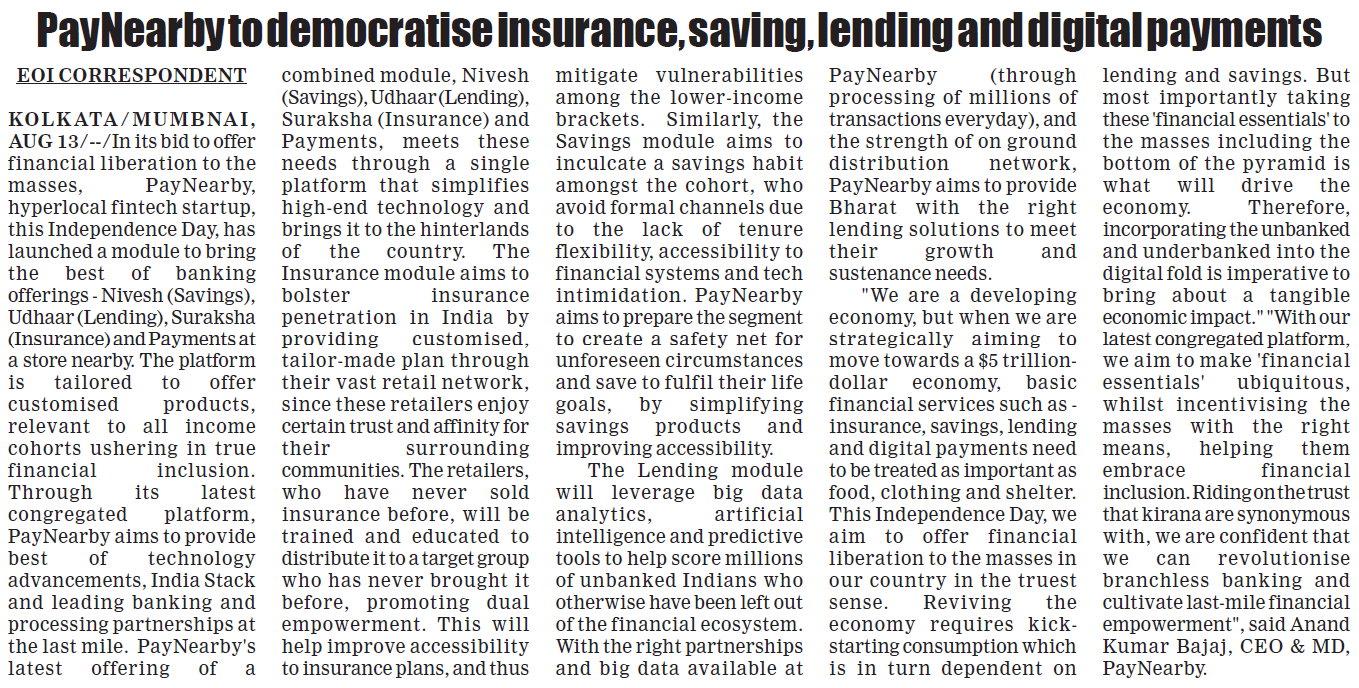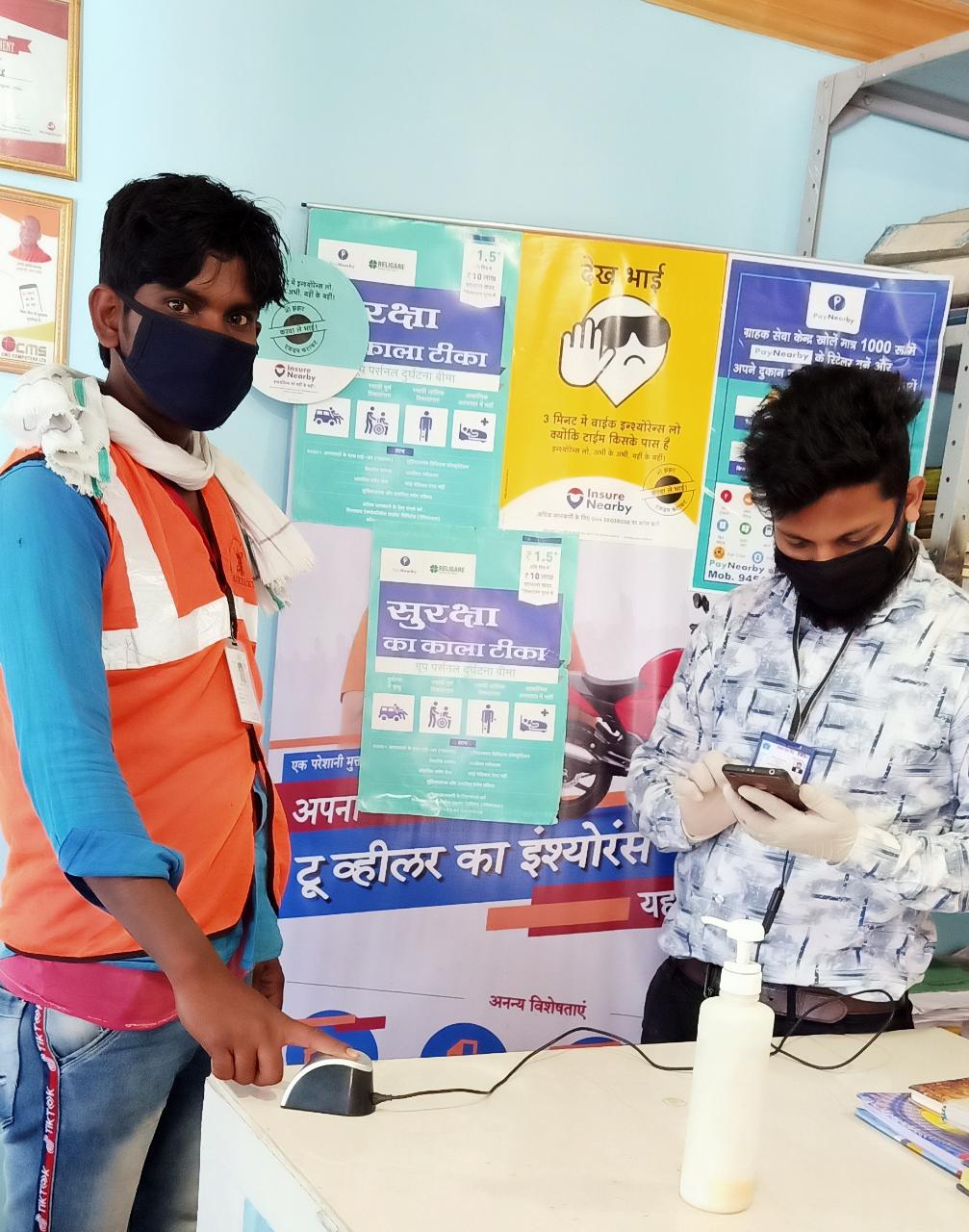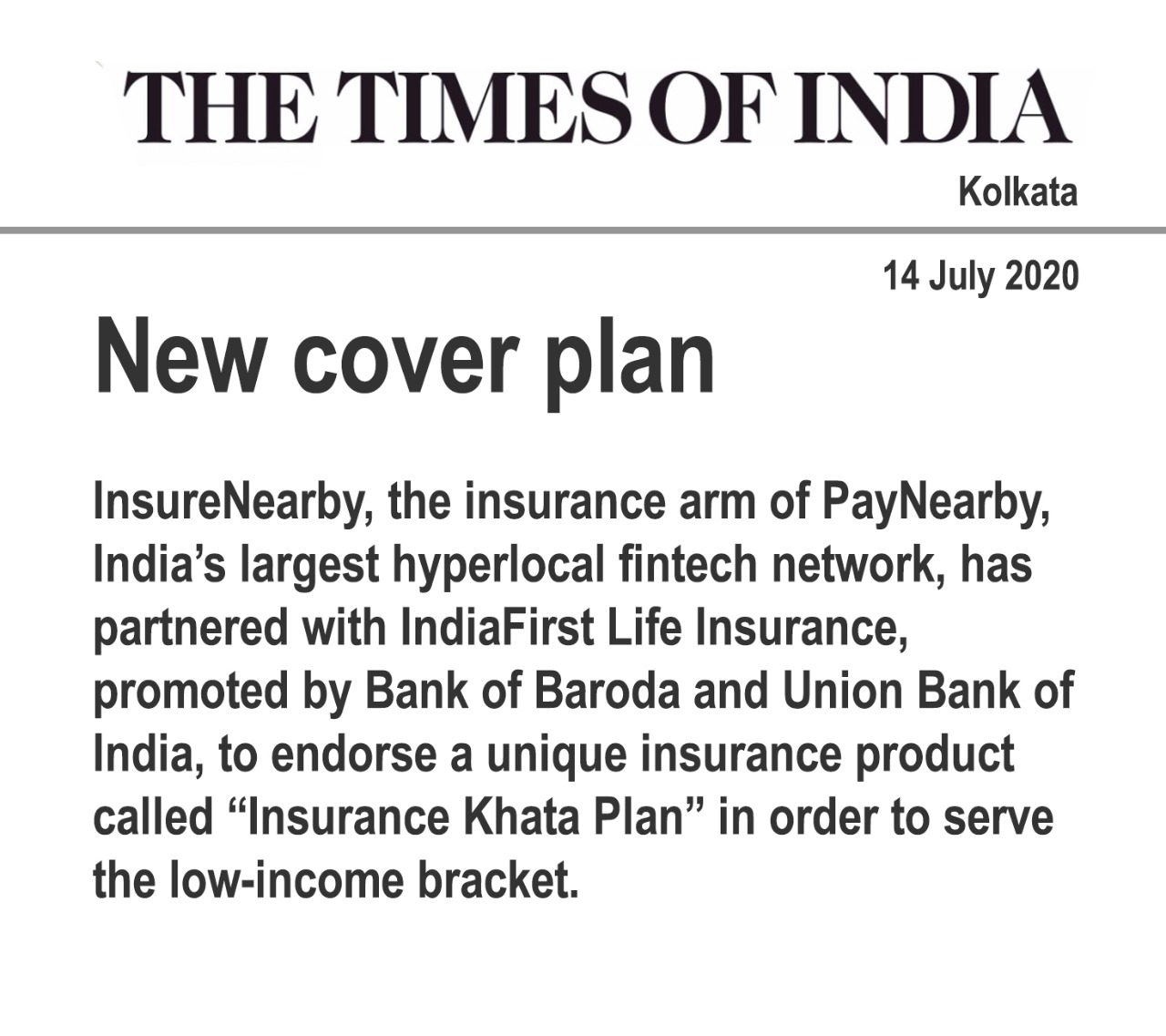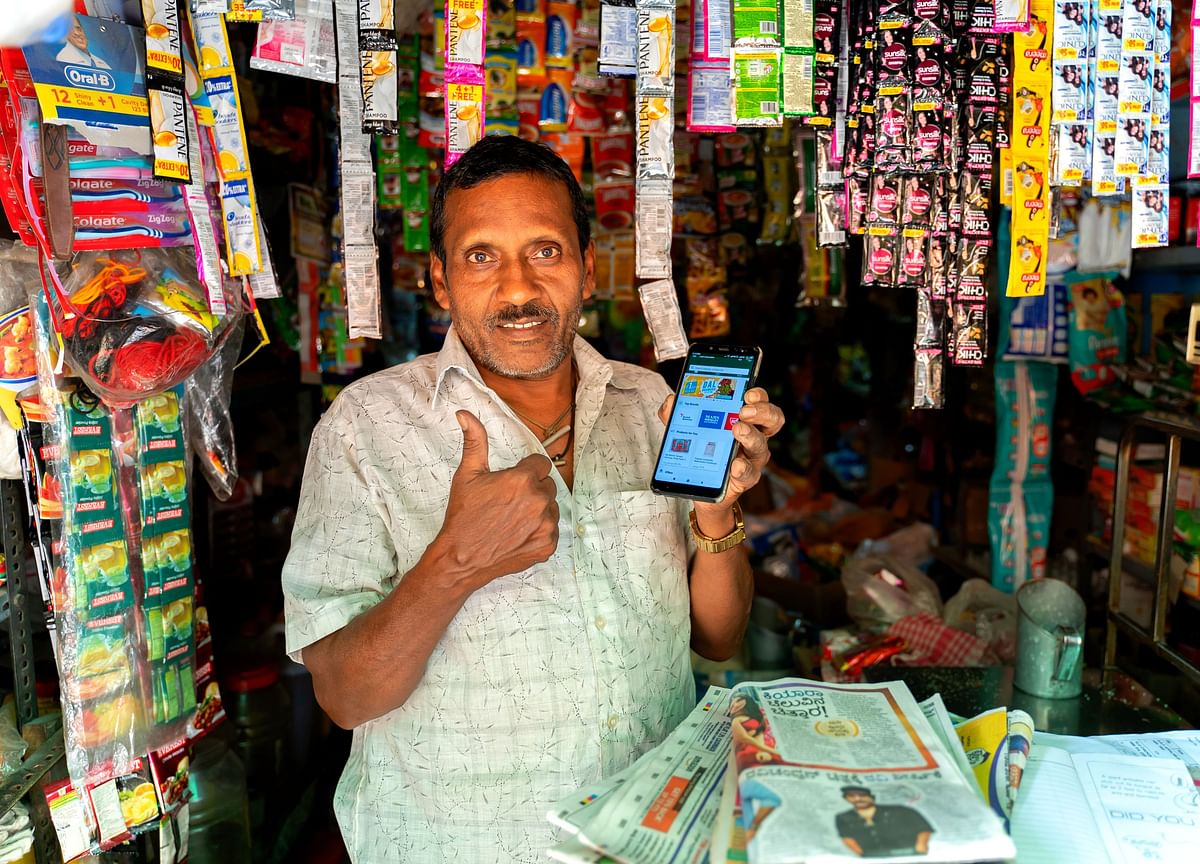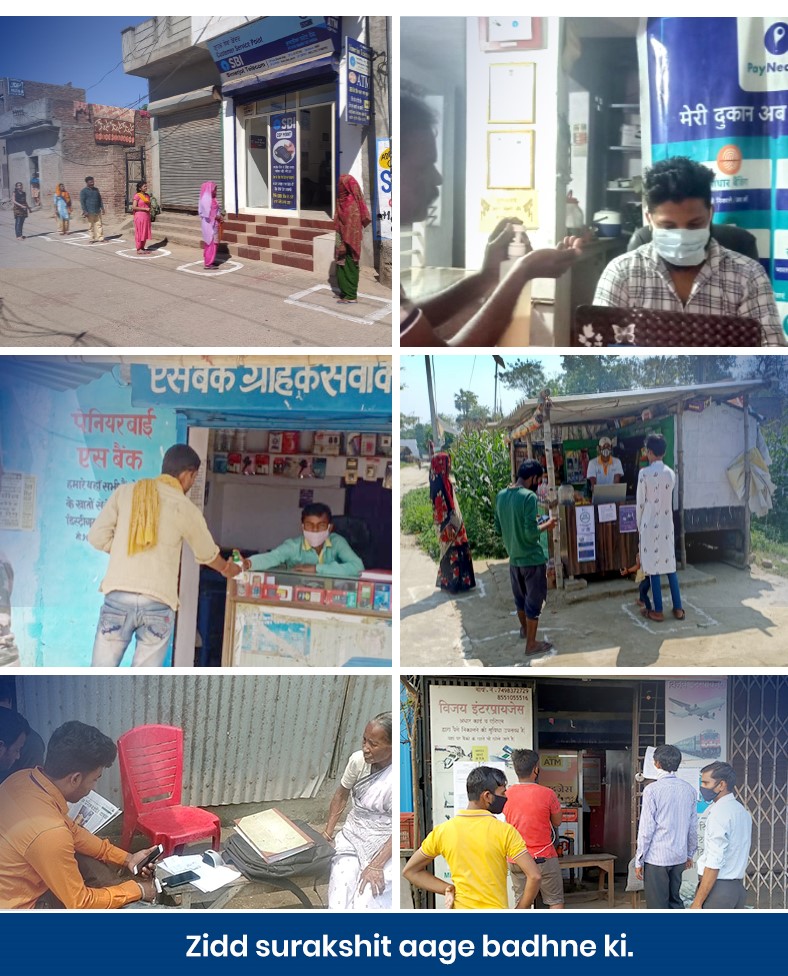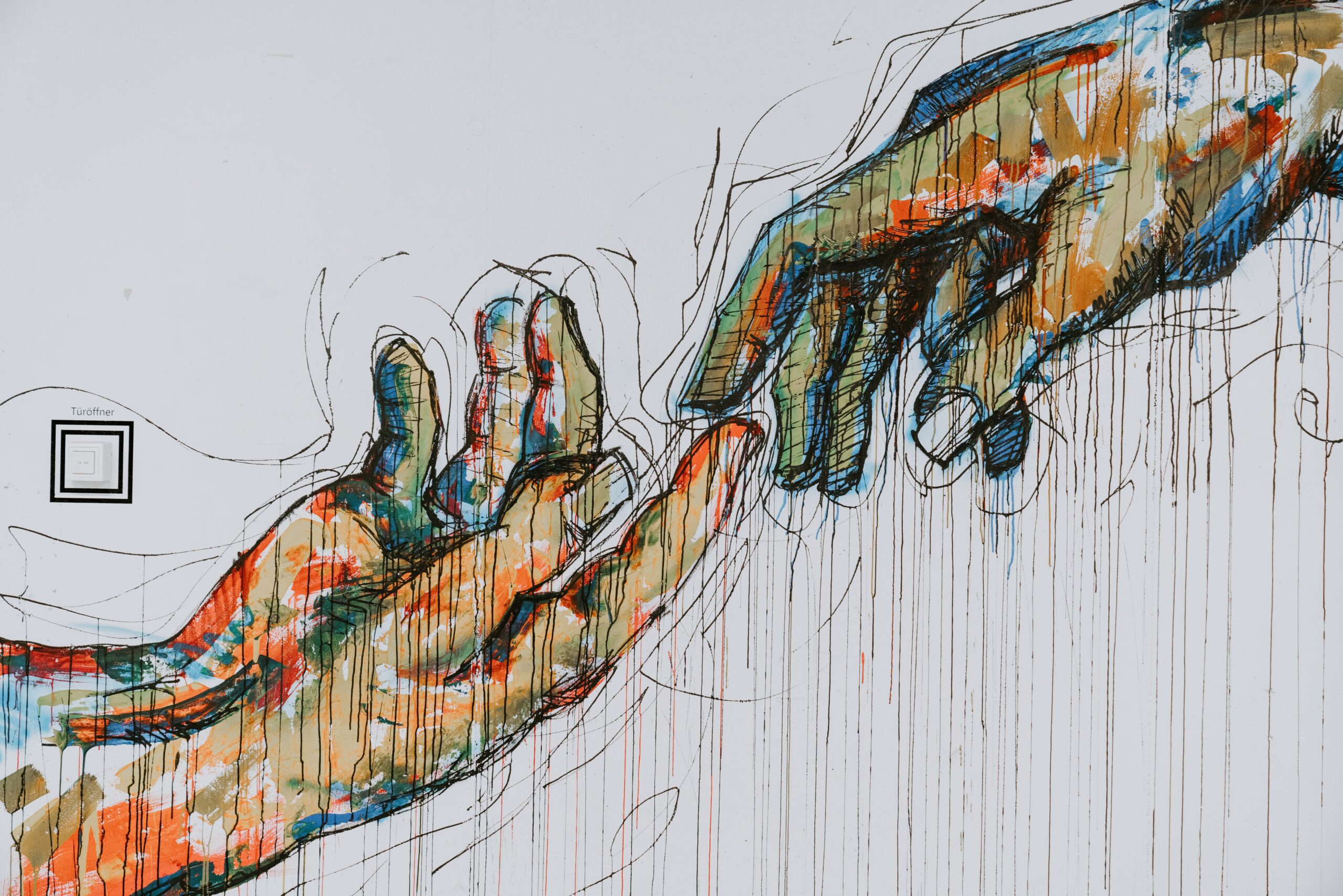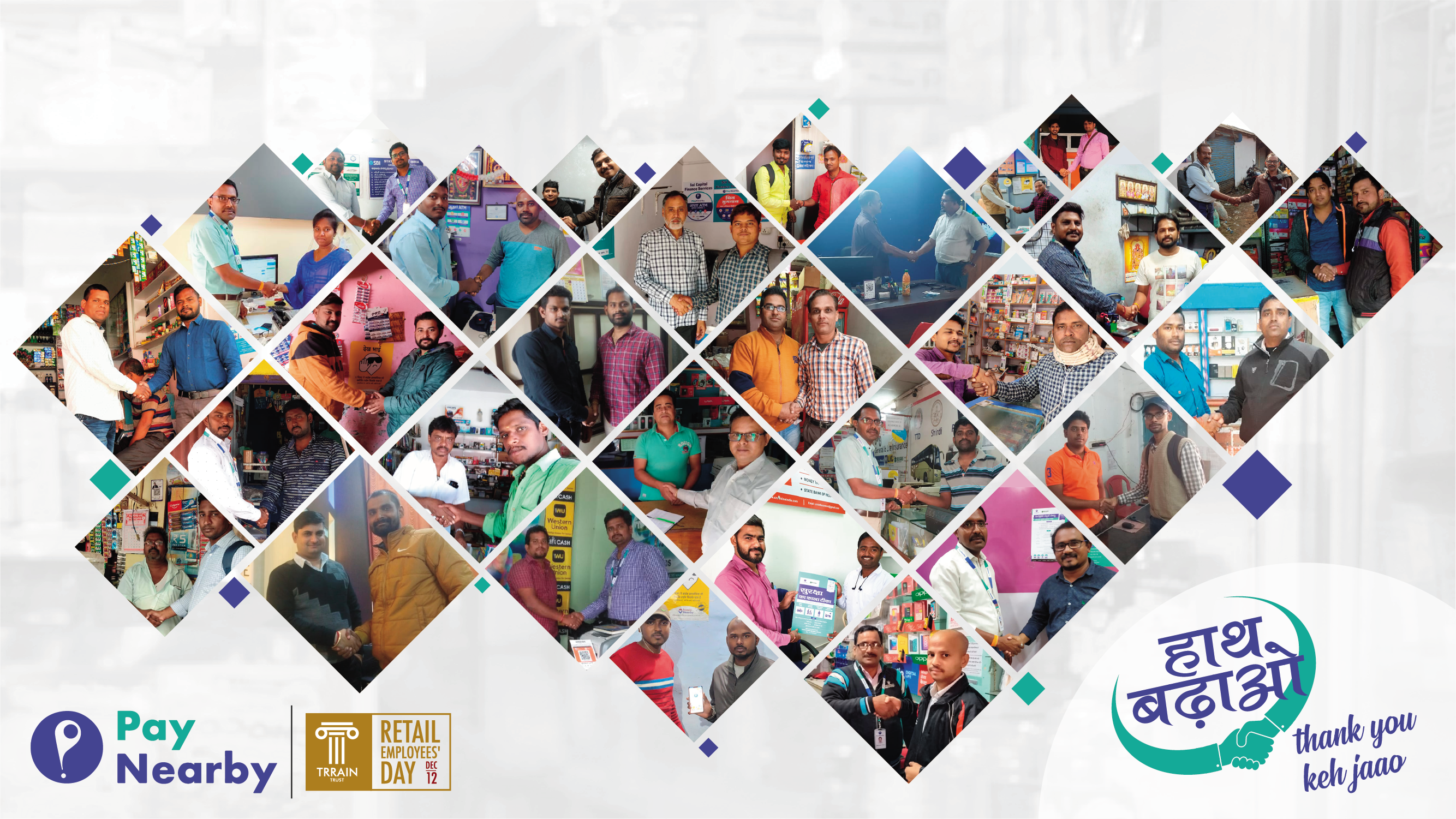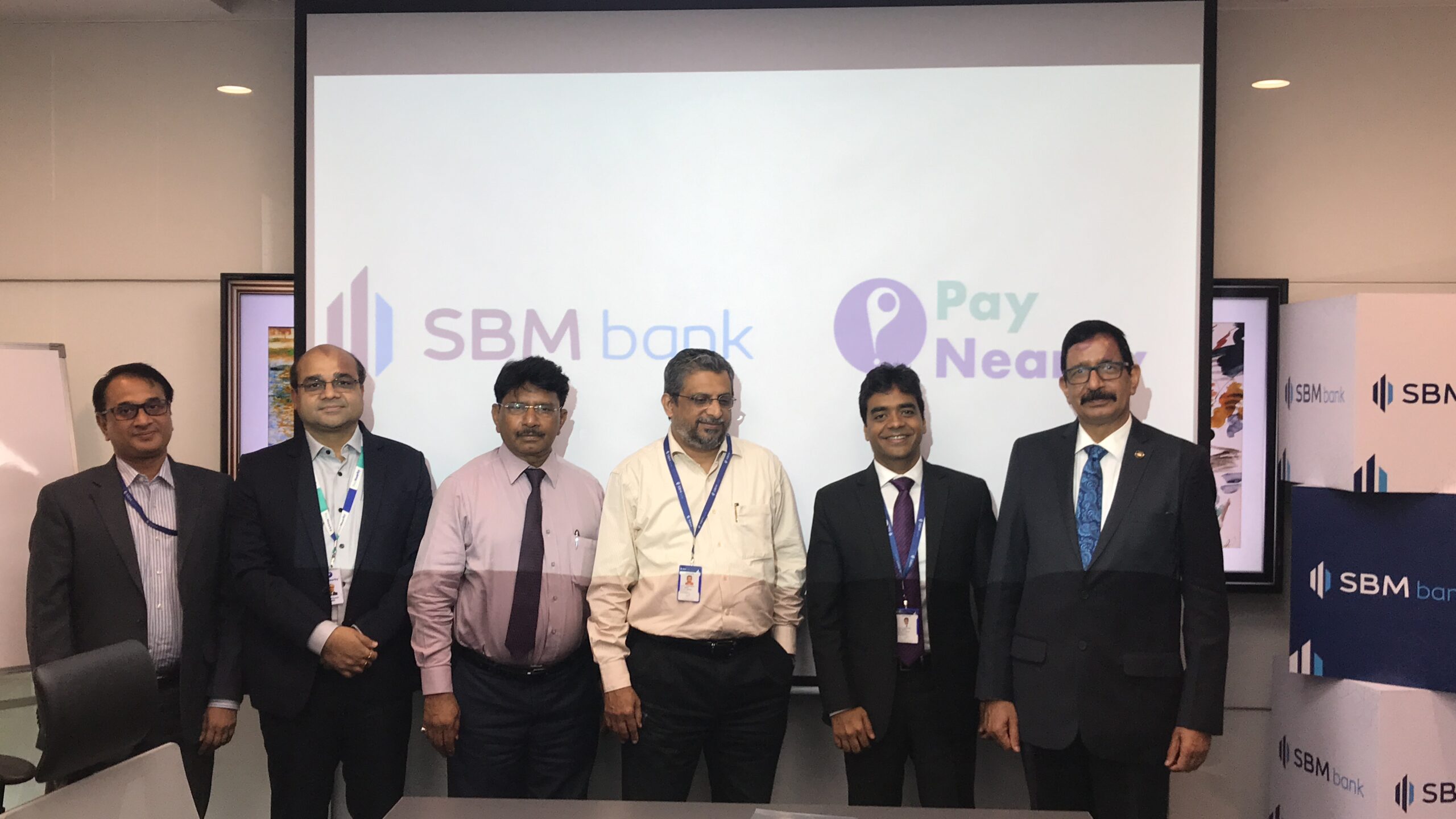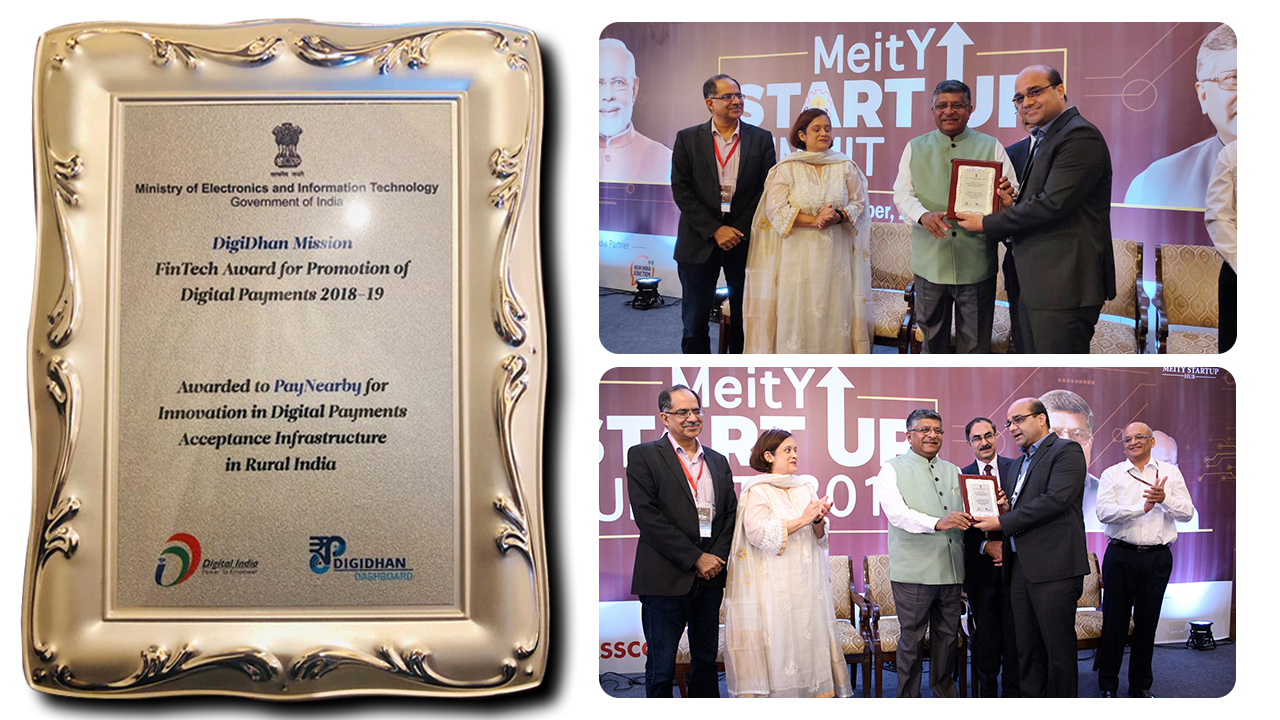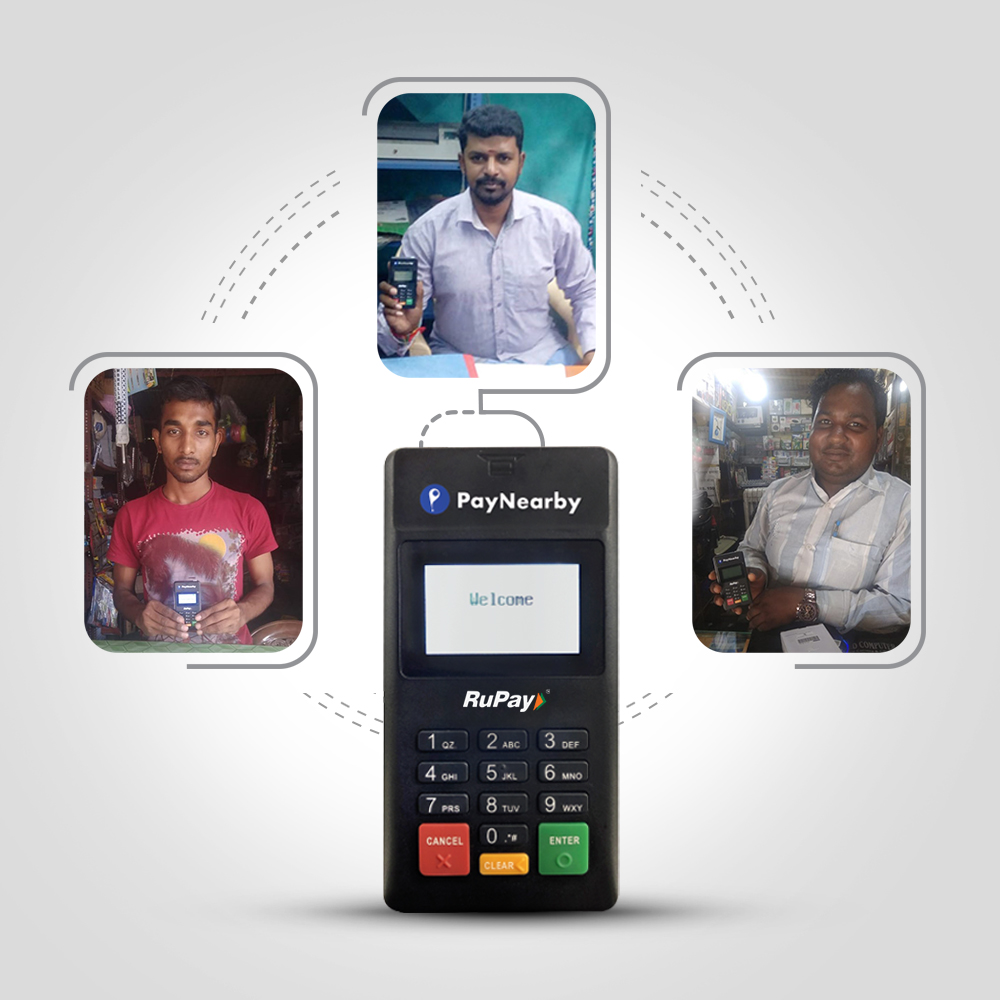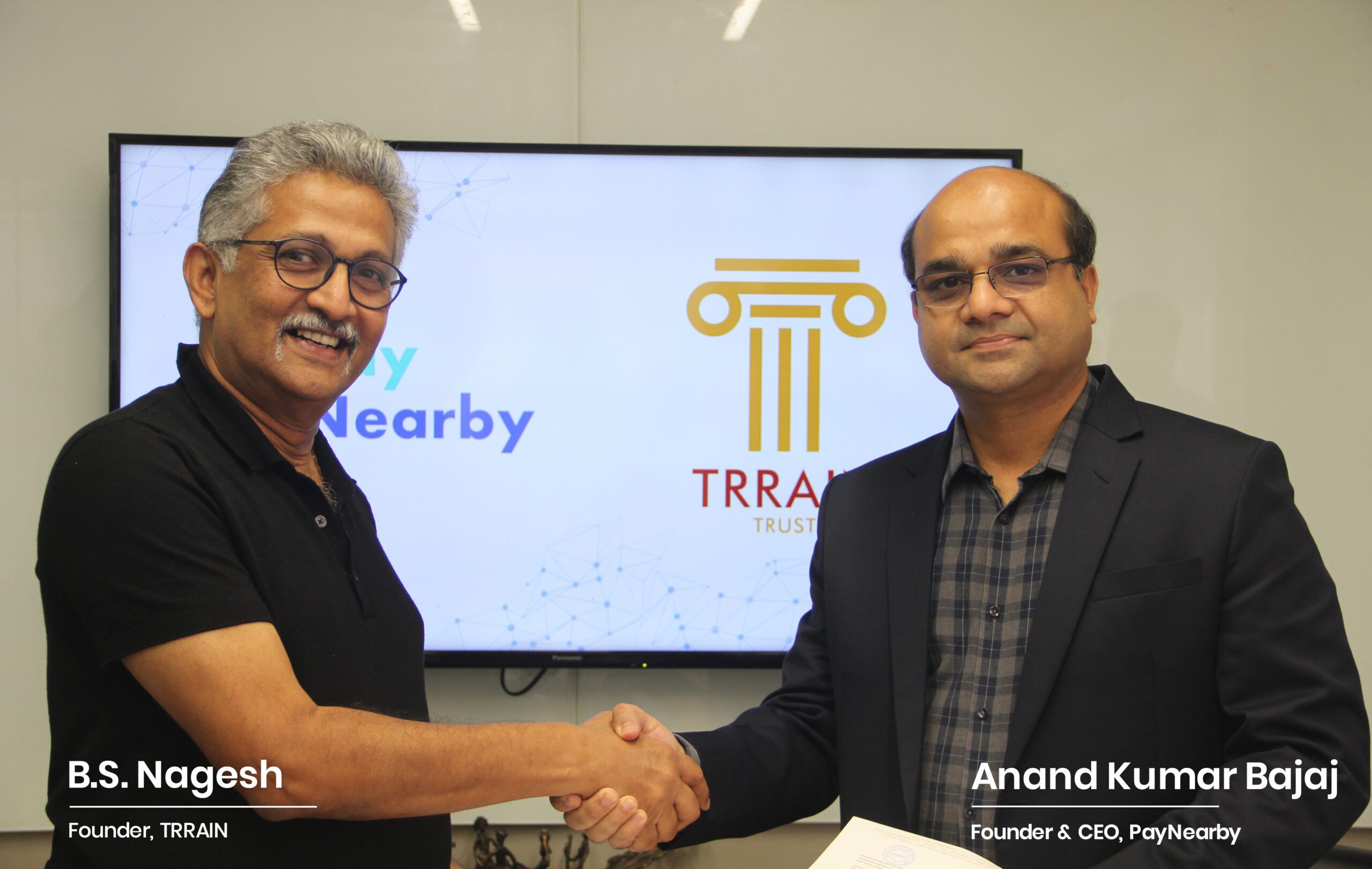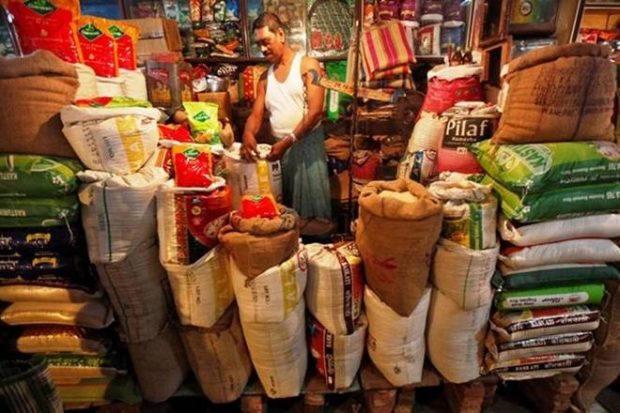
Can we really imagine our lives without the familiar hustle-bustle of our friendly neighbourhood kirana store? They are a pervasive part of every Indian city – their omniscient presence meeting every need — big and small. From local gossip to entrusting small children with their first experience of budgeting and finances, these mom-and-pop stores are deeply rooted in our lives.
Even as the urban population has taken to online retail platforms for their daily needs with zeal, the footfalls enjoyed by kiranas in rural and semi-urban areas remain unparalleled. The resilience of these local stores is something to behold — the inimitable trust factor these shopkeepers have built over the years is a testimony to the power of one-on-one relationships. They have an affinity for the local flavor and diverse demands of the consumers in a way that streamlined automation cannot compete with — leaving no doubt as to why the unorganized sector accounts for about 90% of the $700 billion pie.
Retail giants have cleverly recognized the sense of community that kiranas exude, synonymous with Indian culture, and are now vying to attract their loyal consumer base. They are striving to be the middlemen between the store and the customer by seeking to modernize them to build on efficiency and traction. Collaborating with these brick and mortar stores is a way for them to make inroads into pulse of the rural population, and leverage the unique relationship nurtured by these stores. A lot of transformational forces seek to digitally revolutionise the humble kirana by bringing them on apps, installing CCTV cameras as well as providing a wide array of digital payment options in order to attract every segment of the population. Kirana stores too, have realized the potential advantage of this partnership so that they can better compete with deep discounting and timely delivery.
However, in this technological frenzy to amass the largest consumer base, retail giants often fail to prepare the retail employees with the essential skills for a fluid adoption of these digital skills. There is an ever-increasing gap between the pace at which modern retail is evolving and its deployment amongst the retail workers. Digital literacy is still quite nascent in the country despite government initiatives and tie-ups with Google and NASSCOM. There is an alarming question that we must address — are we doing enough?
It is imperative to look beyond developing merely a transactional network with retail touchpoints, and seek to cultivate a mutually beneficial relationship with them. Local retailers are the ones interacting with the consumers and are valuable assets not only for the purpose of last-mile delivery, but also from a macroeconomic standpoint –they are in a unique position to educate and empower the local communities amidst which they reside and be a medium to help bridge the digital divide through assisted tech modules.
This only emphasizes the need to ensure the overall growth and holistic well-being of these retail employees. A combination of digital upskilling training programs, workshops on developing interpersonal skills, as well as technical know-hows to navigate gadgets is crucial to ensure a seamless transition towards the modern makeover of these retails. These programs must also address common problems faced by their jobs like the physical exertion caused by long working hours, or how to deal with the monotony of dealing with irate consumers constantly. Through simple implementation of e-learning videos, and knowledge-building financial and insurance planning, we can reach a large number of these retailers and pave a pathway towards a more digitally inclusive society.
Championing these retailers through these training sessions will help build confidence and in turn, create employees skilled at sales – an integral part of the retail industry to woo consumers and help them reach their full potential. In this era of digital colonies, rural penetration is essential for economic development, and equipping kiranas with the right skills to earn a commission as well as more footfalls will enable a remarkable journey and fast track the retail industry’s $1 trillion goal by 2020.
- Source – Financial Express
- Published Date – January 20, 2020




